Q-n-A Webinar 8: June 25
Q-n-A with Craig Morrow, eigth webinar, June 25th 2025
Good evening, ladies and gentlemen.
Can you hear me out there in cyberspace?
Hello, Mark.
Yes, thank you.
You're usually very punctual, too.
I appreciate that.
Eric, hello.
David.
Prior.
Daryl.
Mine.
Chris.
Fantastic.
All right.
Well, seems like things are working.
Job at the desk is done.
Hey, Bill.
I just clicked something.
Loud and clear.
Perfect.
All right.
Well, how are we doing tonight, everybody?
Same instructor.
Same rules apply.
I think, what is this, session eight?
How are we doing tonight?
Loud and clear.
Fantastic.
Well, for those of you that don't know me that maybe are jumping into this session for the first time, I'm RST instructor Craig Morrow.
I will be your humble guide today through Q&A.
And as usual, I'm going to stay up here for just a couple minutes as I watch my ticker for people that are trying to catch the show live, make sure they get in.
Might be just getting home from work or waiting for the internet to kind of catch up.
Once we get that, I will get started on the list.
I'm not going to say it's a short list because it is about three pages, but about half of them, I just looked at them when I was signing in or previously discussed about topics.
I'll just briefly cover those.
And then at the end, I'll do the same thing.
The last five or 10 minutes, I will leave the forum open for discussion and try to give you some live help.
But in the meantime, What's going on with everybody?
How we You want to do golf today or?
See, chipping's easy.
Fred, how many more sessions will there be?
Well, this is the final one for this cycle.
Hey, Stan, how you be?
Hey, Charles.
So, Fred, this is the final one for this cycle.
We started this, well, it actually started with Chuck the last weekend, last.
Wednesday and April, and I've been doing this since the first week of May, so I'm going to probably take a couple weeks off.
Well, I'm still going to be working, but I'll probably take a couple weeks off.
And then, as you know, we'll come up with something new.
We'll figure out what the people want, and we'll try to give it to them.
Chris, too hot in Augusta for golf.
Yeah, I mean, well, I don't know.
Is Augusta hotter than Atlanta, Chris?
I don't know.
Hotlanta, it's kicking right now.
I mean, I guess you're just the tiniest bit more south and east, but let's say we're pretty much on the same playing field.
Sometimes, yeah.
I got to figure out what this is that popped up on my screen.
I don't know what this is.
Because I can't see half of y'all.
I have no idea what this is, and I can't get it off.
So we're just going to have to go with it.
If something breaks down, I'm going to leave it to you all to tell me that you've either lost audio or lost video or something.
Because there's some pop-up on my screen, I can't get off.
Other than that, let's see.
Ticker's climbing, so that's why I'm just giving everybody a couple minutes.
As I said in one of the sessions, you know, what I do if I'm not doing golf stuff.
Did a little cooking this weekend.
Sunday, did three racks of ribs, or smoked three racks of ribs.
Had a little bit of an accident.
Not my fault.
Gust of wind slammed it on me.
So I had a little bit of an accident with my lead hand.
But I did three separate racks.
Did a dry rub.
Did a basic, normal kind of sauced one.
And then did an Asian one.
Tell you what, it came out pretty darn good.
Paul, One of the instructional videos talked about using the visual eyes to overlay one string for another.
I tried doing it, but ran into problems.
Do you have any instructions on the website how to do it?
Not to my knowledge, Paul, I don't think.
I haven't really used it, so I can't really elaborate a ton on that.
Maybe one of the other members in this forum can elaborate.
If anybody knows how to use the Visualize app really well, Paul, put something on the community.
And anybody has any answers for Paul, please go help them out.
That's what we have that forum board.
Maybe that could be a little bit of what I'm talking about.
On the community where you can post your questions for this live Q&A session, remember, that's for you all.
That's why we have the different categories and everything.
Go in there, talk to each other, help each other out.
It doesn't need to be just me answering all the time.
Go in there.
Chit-chat a little bit.
Hello, Louis and Jonathan.
All right, I'm going to give it about 30 more seconds, then we're going to get rolling.
And I don't know, Augusta's hot.
I know Atlanta's hot.
We had three weeks of rain, and then all of a sudden it's like, well, we're going to turn off the rain.
Uh, turn off the AC, we're going to turn up the humidity and make it 95 and boiling.
It's kind of how it works.
All right.
Two more just jumped in.
But with that being said, let's get started.
I know It's been Africa hot here in Canton, Georgia.
Hey, I know where that location is in Canton.
Let's see.
Last time, where did we stop?
I think it was that over the top.
Okay, so I believe this is where we left off last time.
What's the best way, or best, what's the best goat way?
To get down from the top via GDP.
To snap whip the release, make a downswing with no muscular arm pushing motion, only working with the core and legs where everything is working dynamically, effortlessly as a unit with good flow.
Describe and explain and show us what it takes to get all this done to perfection, more or less naturally.
what's the best goat way to get down from the top via GDP?
Well, as you're trying to move into GDP right here, The main thing that you're trying to achieve is starting to get that scapular press as you move laterally this way, because there's still going to be lateral motion this way.
You're trying to get that scapula drive down.
So essentially, Chuck talks about using punching.
or thinking about a punching metaphor into the golf swing.
You would never throw a punch and kick your foot and try to drive and throw a punch at the same time.
There'd be no power in it.
Same thing as if you were just throwing your arm.
You would want to get some body into it.
So if I'm going to get here and throw a punch, you can see how there's a little bit of drive.
There's a little bit of muscular effort right there.
Okay?
And so.
As you're going down from the top right here to get into GDP, the main thing is, is you're trying to take this side.
So I've got my trail oblique over here.
I've got my scap, which is going to be raised just slightly.
And I'm trying to dynamically drive.
All right.
I'm not trying to push with my arm or push with my shoulder or spin or do anything like that.
I'm trying to feel.
Then I'm taking my scap, letting it depress as I'm moving laterally this way and dynamically drive.
So I can really feel my obliques.
I can feel my abs really crunch right here because I'm trying to get into this position just like a punch to where now I can kind of explode, punch through the wall, okay?
So what I'm really feeling right here and what you're really trying to do, is not really trying to power it.
Muscular with the arm.
You're trying to feel just as.
And maybe just do this, like, if you're here, like throwing a punch, what would it feel like?
Well, now I'm on a hinge forward position, I'm trying to drive this down so I feel my scapula, my oblique.
This is a dynamic motion right here.
All right.
I don't want to get here and be like, Okay, well, I'm just going to kind of float to here, then try to get everything going.
If you want speed, you got to swing with a little bit of speed.
It's got to be dynamic.
You've got to get this core stretched and moving, and then this has to fire so that we can get down into GDP, finish the race through.
So for me, I'm really feeling that trail shoulder, trail scap, oblique, abs, drive, drive.
And let me do it from down the line because it's not this.
This is what I see on a day-to-day basis.
I mean, 90% of my job.
wouldn't be here if nobody did that.
So what it is, is this right here, it's a little bit raised right here, and now I'm firing this down.
You can see, and so you can see how my abs are contracting.
I'm kind of getting into a crunch right here.
I'm contracting and firing.
I'm not doing anything with my arm right now, so I hope that answers that question.
The golf robot has given me the answer while the phrase right hip goes deep, shoulders go steep, which we talked about, I believe, in the last webinar, captures a significant element of the golf swing.
It is essential to integrate this with other aspects such as pressure shifts, true, spine positioning, dynamic movement.
And weight transfer for a comprehensive understanding of effective backswing and overall swing mechanics.
Maybe you can elaborate and show this what it should look like.
Well, the right hip deep and shoulders steep, that's all this is.
I mean, it's the same thing if you were going to take these lines, my shoulders are going to rotate around my spine.
And I think that some players are taking this a little bit too far.
Because I've seen a lot lately where players are saying, Oh, I've got to get my shoulders steep.
Then all of a sudden their head starts going this way, all right, and they're like, I don't understand what's going on.
And it's because they're actually trying to steepen their shoulders pushing with this lead shoulder right here.
So you want the shoulders rotating around the spine as your hips are working in an upward motion as well.
This starts to get us into that spiral coil thing that we know, the pressure shift, Spine positioning.
Your spine's not really doing a whole bunch.
Your spine's going to stay pretty steady here.
Move into extension.
A little bit of side bend.
Pressure shift.
You're going to start shifting early.
And by the time you're done with your takeaway, you're already going to be focusing on what you're doing going this way.
So I'm going to kind of leave that at that because we got videos kind of detailing that.
But the right hip, deep, shoulder, steep.
This is all that we're looking for is rotating around your spine.
It's not trying to increase it.
I'm not trying to get you to get your spine.
Because look at what's literally happening with my head as I'm doing this.
An active throwing motion from the top and the right shoulder drive from the top, what do they have in common?
Everything.
If anything.
Elaborate and show us what's going on.
We need to get this right.
Think about what I was just saying with the punch.
And that's why.
I don't like to do things so much in a vacuum, because I think if you try to separate things too much, you lose a little bit of the force through the trees.
So an active throwing motion from the top, you have to think about golf as more like an underhanded softball pitch.
So as I'm supinating and starting to feel.
Like I'm throwing from the top, I'm actively, just as we just talked about, driving my trail shoulder down.
The same thing as if I was doing a punch.
My shoulder just doesn't stay back here, and I wind my hips and now go like this.
As I'm doing this, this is driving with my core to help provide that extra little bit of punch.
So the throwing motion, if you're to think, and let's just separate it.
So the throw would be, This all right, so I'm getting here, I'm supinating, I'm deviating, and then I'm pronating.
So this would be just solely arm motion.
Now what I'm going to do is not make just solely our motion.
I'm going to drive with that scap and make that same motion with my arm and look at where I'm at.
I'm right here at impact, I literally haven't done anything but drive this down and supinate, I'm right there.
Bink.
So it's the combo of using that all together, just as if I was going to throw.
You can't be like, okay, I'm going to get here, click this, click that.
It's dynamic.
It's a motion that way.
So hopefully that helps out or simplifies Is it accurate to feel like my trail oblique and especially my lat are doing a lot?
Of the heavy lifting, Yeah, your rhomboids are involved.
There's a couple other little things.
But I'd say the the main thing people feel is their trail oblique in their lap when bringing the club down to GDP.
Yeah, that's the main thing.
If I, if I had to map out what people are feeling, which, you know, feel isn't real, and some people feel different things versus others.
Uh, the main thing is you're feeling that kind of lat pull down, because remember the lats, especially the lower fibers of the lats, are really responsible for how that scapular movement works.
So when I get here and that lat starts to pull down right there, that's what's really taking that big triangle and driving it down and into my spine, Because now that's going to give me the connection so that my core rotational speed can be transferred.
And you really feel in your trail oblique too, because This is a trail side driven golf swing.
I'm not saying that this side isn't involved in adductors and all these things, but I'm driving from my trail side right here.
So I'm going to really feel that lat and that oblique drive.
This is a very natural motion to make that way to create power.
I feel like I have more control of speed and have more speed when I want it and have less back fatigue.
when using side of core instead of abs and back?
Well, those things are happening, okay?
So as I'm going from here and I make this motion, I may feel a lot of my trail oblique right here, but what did I just show you from down the line when we're talking about the first question?
My abs are really contracting right now.
I really feel, to me, I feel like I'm crunching.
So they are doing that because the abs are going to do what?
The abs right here, as I'm getting lower right here, are now protecting my lumbar spine because I'm going from this big extended position.
So I'm going from this big extended position down.
And when I make that dynamically, I don't want to hurt my back or anything.
So your abs are really contracting right there to really provide some stability in your lumbar right there, even though you may not feel you're doing it a ton.
When using this, it feels like my hips naturally move laterally to the lead side, and I post up without thinking about it.
Am I on to something, or is this not the right source of speed swing sequence?
Thank you.
You guys are the best.
Well, I appreciate that part.
Yeah, you're on to something.
Think about it.
I was about to say if I'm a little teapot, but let's go with it.
If I'm a little teapot, all right, and I just move this way, where do my hips go?
It would be very unnatural.
To stay on this side because now I'm starting to create some compression in my spine, it's going to be very natural as I start to go this way.
Where's my pelvis shift?
So now if I get into hinge forward position and I'm going to do this dynamically, what my pelvis is automatically going to get out of the way?
Right here, that's part of the safety mechanism of what happens when you start to add side bed.
That's why when I see players and they're working on supination and their head starts to drop this way, I'm like, why would you do that?
Like that hurt, like that literally just hurt me.
Like why let your body react to it.
This is natural.
That completely takes all the pressure off my spine by letting my pelvis go this way.
So I'm going to put an addendum on this.
If you're struggling with a little bit of, pain or you feel like when you're adding your side bend and all that, make sure you're moving.
Make sure that when you're getting here and you're working to extension, as I start to move down, look at how I'm allowing, I'm not thinking anything, look at how I'm allowing my pelvis to move.
I'm allowing it to react and respond to how I'm moving and adding side bend.
A lot of people that struggle with back pain when they start doing this, And they're like, Craig, I don't understand what's going on.
I'd say eight out of 10 times.
I see them go up to the top like this.
And then they're trying to add side bend.
But they're doing it like this.
Or they're staying back here.
And they're like, oh, this doesn't hurt.
And then they really start pushing off that foot incorrectly.
I have a Rapsodo launch monitor.
They just added club path.
Okay, so club path, and let's think of club path, the direction that the club is traveling in.
So just picture swing plane.
I mean, that's, and attach angle.
I'm going to go with attack angle.
Can you explain the importance of club path and attack angle and the suggested values?
Those values are going to be a little bit different for everybody.
Attack angle, I'm going to typically tell everybody to kind of err between three and seven.
When you look at most players across the board and you can look up the PGA tour averages, you're going to see that they don't really fluctuate that much.
Now, you know, some people hit one degree down on a driver, three plus up on a driver.
And so those are more specialty, but with typical basic iron shots, You're going to typically see a floating between three and seven degrees down with an iron and club path.
Typically.
Track man a long time ago said if you're plus or minus five within zero, if you're plus or minus five, you're doing okay.
And the big main thing for me is like, when I'm looking at somebody's club path and attack angle and all these things, I'm really focusing on kind of their club path relative to their face angle.
That's what I'm looking to see.
Like if you've got a club path that's two degrees positive.
It's like, all right, great.
You're almost to zero.
Not that you need to be at zero, but then somebody's club face angle is nine degrees positive.
I'm like, all right, well, your face is wide open to your path right here.
So you're always trying to get that margin of error between your face to path pretty tight.
That's within a margin of error, plus or minus five.
The typical rule of thumb with that club face angle is usually you want half of whatever your club path is.
So hopefully that helps out a little bit.
It shouldn't have to be necessary, but the golf robot has me confused.
We got a golf robot?
I want to meet him.
Describe the terms cupped and bowed as the player sees it in front of him for the LW.
I'm going to just say that's left.
Which terms are used when the LW is bent sideways to the left and right?
So in front of me, so if I'm looking down at my hand right now, so let's try to think of like a PO view, okay?
A POV.
Thank you, Mark, for the left wrist.
Come on.
We're golf instructors.
We can't be that bright.
cupped and bowed as he sees in front of him.
Okay, so let's first talk about that.
This is a very quick one, all right?
This would be cupping of the lead wrist, okay?
And this would be called extension.
This would be bowing of the lead wrist, and this would be called flexion, okay?
So from my view or my perspective, when I'm looking down at my hand, see if I can do this.
So when I'm looking down at my hand, this would be an extension where I have this cupping right here, and this would be inflection from my perspective.
So we're used when the lead wrist is bent sideways to the left and to the right.
Yeah.
So that would be bowed.
This would be cupped.
That would be flexion.
That would be extension.
A lot of these angles are really kind of controlling right there.
Um, as you're coming through, if your lead wrist is in extension like this a lot before impact, what?
How is that going to affect the loft of the club, like, what is this literally doing?
that's adding loft, this is de-lofting?
That's why you're going to most commonly hear like, hey, you want to deal off the club.
You've got to get your lead wrist bowed or inflection at impact to deloft it.
If you want to hit it higher, you've got to get it in extension or feeling cupping.
Explain the difference between right shoulder drop and right shoulder drive and why we should do one or the other.
They're both the same thing.
The right shoulder scapula is dropping and I'm dynamically driving it down.
Because I want to hit it more than 100 yards.
So I'm trying to make this dynamic right here.
Just like if I'm throwing a punch, I'm getting ready to go with that mustard through.
The right shoulder drive from the top to start the downswing and get in GDP.
We covered that.
How much is shoulder action?
Well, it's more just driving down.
It's not driving out.
It's not working on this kind of horizontal plane.
It's not working like you would typically think of rotation.
This goes back to our shoulder tilt versus shoulder turn, where the shoulders are tilting, they're not turning.
So it's not really doing a whole bunch.
How much hip and core action, core and hips are going to be involved with it?
The more I draw that way, already discussed that.
Does one of these start before the other or do they happen simultaneously?
Now that's a good question.
do one of these start before the other or does it happen simultaneously?
It's almost simultaneous, but you have to think about when we're doing this dynamically.
As I get to here, let's kind of take like the eight iron version.
As I get to here and I'm getting my weight and I'm moving back up into extension, what's happening first right here?
Like I'm getting so wound that I'm already starting to shift back kind of laterally right here.
So you can see how I'm kind of maxing out and moving that shoulder there.
And so this motion of driving my shoulder down is allowing me to start driving with my hips and core.
So it feels almost simultaneous.
So I'm moving here.
Like this almost feels as soon as I, and this goes back to what I was talking about with the back a second ago.
As soon as I start driving this, my hips want to go.
My core wants to go.
It doesn't want to hang out there.
It doesn't feel good to do that.
I think that answers that one.
I'll answer you at the end, Manny.
Come back, just don't let me forget.
I guess GDP promotes a more efficient delivery since all goats use it.
Yeah, one thing, I mean, I can't tell you, you can see in the room right here, but I can't tell you how many swings I've looked at, Chuck's looked at, you name The common thread is that position.
the GDP spot.
And what way it promotes an efficient delivery.
What does a less efficient delivery look like?
I mean, I could give you a million of those.
How does a good golfer go from a bad one to a good one?
What does it take?
Like pro level or just in general?
Just in general, I'm going to be honest with you.
It does take work, but it doesn't take a bolt of lightning.
I had this talk with one of my students a little while back that people that do this for a living or play golf for a living, we're not doing anything that much more special than everybody else.
We're really not.
One of the things that we're truly doing is we're eating our vegetables.
And that we take the notion of what we need to fix and we fix it.
We don't work on something five times, hit five bad shots and be like, well, that didn't work.
And then go try something else.
We look at something and say, okay, I'm pronating into impact right here too soon.
I'm activating much.
Something's going on right here.
So let me get into position and figure out what's going on with this.
Okay.
Well, I'm not adding enough supination on the downswing.
I'm pushing with my trail shoulder.
Well, I'm going to stay here.
And I'm going to work on supinating and driving my trail shoulder down and into position until I can't do anything else.
How am I going to worry about what the ball does for a second?
I'm going to go ahead and fix this problem.
So how does a good golfer go from a bad one to a good one?
Get a swing review.
Let us tell you what's wrong with the swing.
And then prioritize what you need to do.
You may see a hundred different flaws in your swing.
You may see 100 different flaws in your swing.
But there's usually only about a few that are the real big ones that are keeping you from being a good golfer, and the rest of them is just kind of fine -tuning to make things a little bit faster, a little bit better.
But I think people have a little bit of ADD, ADHD, when it comes to the golf swing or, you know, ooh, there goes a chicken.
Is they either take a lesson, or they watch one of our videos, or they get a swinger view?
Or they get a quick tip from their buddy at the course, or their pro, or whomever?
And they do it and it clicks and they're like, oh, this is great.
And they come back out the next day.
It's like, that's not working for me anymore.
Why is that?
Then you just found a feel.
You didn't really fix a problem.
Or they do something after watching a video and getting a tip and like, that didn't work.
I'm going to go see what so-and-so is teaching on YouTube.
I think people look first at the ball as the barometer because that's what you see.
You get out of the driving range and you see this big white marshmallow, you know, hopefully going where you want it to go, but going all over the place.
You're like, how do I fix that?
And then somebody says, oh, well, it's this problem.
And you try that, nothing happened with the marshmallow.
Let me try.
That's just, it's not how it works.
especially when you're changing movement patterns.
That's why I always, I've given it in this webinar, I give it in lessons all the time.
I'm not saying you have to wait for results.
If you start doing something better, you should start seeing a little bit of light at the end of the tunnel.
Like, hey, I'm doing 10 shots, one of them, two of them.
Hey, that's what I'm looking for.
And I know I can get there with doing the proper reps.
But I think people far too often, Just abandon things like, oh well, then diet and exercise.
You can't go run 10 miles and cut your calories by a thousand and expect to look different the next day.
That's what.
That's where golfers, the vast majority of, mess up, regardless of their mechanics.
If you're working with rotary, you're working with another instructor, that's the biggest problem that happens.
They like to do this and they think tomorrow, like, Okay, I'm gonna have 200 mile an hour ball speed.
And that's not the way it works.
Just like diet and exercise.
Now, if you did the same thing for 30 days, yeah, you're going to look a little bit different.
And that's just what it really takes.
It's about eating your vegetables.
I told you all about when I worked on my lead hand release, like what I did for.
Can we think of supination and GDP as anti-over-the-top mechanisms?
A thousand percent.
There's absolutely no way.
There is no way that if your arm and hand and pitch of the shaft's going this way, you can get over the top.
You can't.
Even, I mean, I don't want you to do this, but if my arm and hand are going this way and I'm spinning my shoulder, I'm still extremely shallow right now.
I don't want to do that.
But if I'm going this way and I'm moving into GDP, it's going to be really darn hard to get any type of.
unfortunate or bad steepness or over the top.
So for all those players that struggle with over the top, always do that.
What's the difference or likeness between wrist cock?
Okay, so wrist cock is this.
So let's just think hammer.
This would be wrist cock.
That's down the line.
This is face on.
cocking up of the club.
Wrist set, that would still be wrist setting.
Okay, so cock and set are typically the same nomenclature.
Wrist hinge, wrist hinge is this way.
Okay, so that would be the flexion and extension that we talked about earlier.
It'd be going from a cupped position to a bowed position.
This would be wrist cock or wrist set.
Some instructors like Martin Hall say that wrist cock is a vertical motion.
True.
And is only made by the left hand.
The left hand, left wrist, is typically going to be the one kind of doing that.
That doesn't mean that the right doesn't do I mean, let's, if, you know, I, while the right, let me finish the thing.
While the right wrist bends horizontally, therefore, isn't a wrist cock and uncocking, but it's called a wrist hinge or wrist set.
Well, the trail wrist is going to do the opposite of whatever the lead wrist is doing.
All right.
So it's going to be hard for me.
If I was right here and I start setting my lead wrist like this, my trail wrist is going to do the same thing.
I can't leave my trail wrist like this and then like, leave my trail wrist like this and then try to cut that.
That doesn't work.
So I understand where he's going with this because he's trying to say that as you go back, if you focus on this hand cocking and setting up, and you focus on this hand allowing for wrist hinge, And that's going to help you kind of get it on plane right here versus being this way or too much this way.
If you go back to, I think it was the hands webinar Chuck talked about, It's why the left hand grip is so important, because once you start feeling a little bit of the weight of the club, it's going to start to set it up.
Most players, most players overdo their wrist.
Now I have players in my group that underdo their wrist.
There's also something called a wrist action.
What might that be?
I don't know.
I mean, I don't know what Martin's exactly referring to, but the wrist action in the swing, how I'm going to answer this, is.
As you go back, this lead wrist is going to have some cocking or setting so you can see.
It's going to do this to support the weight of the club, trail wrist is going to mimic this right here, as I'm going this way, that's my wrist action towards the top.
It's not a ton, but it's just enough to support the weight of the club.
So I start to rotate to here and then as I start to come down.
I mean, I move into supination.
That supination is going to help me retain that angle correctly coming down, And then I'm going to let that wrist action go.
In the hands webinar, when Chuck is demonstrating his forward press trigger pivot, he alludes to how not getting.
Remember, I'm like Ron Burgundy up here.
Just read it how it's written.
He alludes to how not getting the trail hip deep enough.
can be a cause of early extension.
Would you elaborate on this issue?
Yeah.
So not getting the trail hip deep enough in the backswing.
As I'm going back right here, What I'm trying to do is I'm really trying to get this dynamic core stretch right here in this line of power.
So as I start to drive, I've got something to use.
I'm taking that rubber band and stretching More often than not, when players lock, their lead knee or their lead hip, and they start to go back, their arms start to load too much because they don't have enough mobility to reach the top.
And as they start to get here, all they've done is load their arms and hands.
They haven't done anything with their body, but now this leg and this is extremely loaded as well because it hasn't moved.
Think about it.
That's why if I just go like this, not only are my arms loading, but this is really getting tight right here.
What's the first thing that I want to do?
I want to get rid of that tension.
So it causes this not to load correctly for the golf swing, and the first initial sensation is to get rid of it.
As we talk about with wrist set, loading of muscles and tension, all that fun stuff, when you load a muscle, it wants to fire.
So as if you don't allow this hip to work, it kind of works back and up this way to get this proper stretch, well, I've got to move back over to here at some point in time.
If I leave this here, I'm going to typically get too much tension in my upper half right here, but this is also very stagnant.
It's also loading as well.
And so my first move is going to typically be to push right off that foot and drive my hip towards the golf ball.
All right.
The hip work and the core work and all that is of the utmost importance.
I want to stress that.
Because more often than not, because we're always chasing this golf club, we're always trying to find, we look at Tiger, we look at Chuck, hopefully nobody's looking at me.
And we're like, oh, the club's supposed to be there.
And we get so enamored with trying.
to get to said position.
Get to said position up here at the top.
And we start kind of chasing the club.
And so what ends up happening is our body starts getting really lazy when it really creates all this stuff.
It might even be up here.
When I was in Long Island, I worked with Michael Hebron, and he's wrote a lot of different books and all this, but one of the titles of one of his books, without even reading the information or before I started working with him, the inside moves the out.
Well, think of our hub and wheel analogy.
Think of that's exactly what happens.
If you focus on what's going on in here, this stuff's going to take care of itself.
I never think about this little thing.
Ever.
And that's not because of talent or anything like that.
It's because I used to think about that thing all the darn time.
And then I realized that by focusing on that, I could never repeat anything.
I could never achieve what I wanted to achieve.
By trying to make the club go, so to speak, where I thought it needed to go, I was constantly chasing my tail.
versus like, okay, there's one way for me to get this club here and get it there repeatedly.
And if I do this, the club has no choice to go there.
So if you can change your focus and realize that this stuff, the inside stuff, if I get that taken care of, this guy's going to be okay.
And the right shoulder drive from the top is the goal to drive the club directly into GDP with the help of the body.
Yeah, that's all you're trying to do.
Try to drive it right into GDP.
So that when you get down here, you can have your little deviation, rotation, you're right there.
You can see there's not a whole lot going on right there.
Tiger Woods wants a lot of speed in his swing.
Why?
So he can hit it far.
That's pretty much it.
How does he get that?
He does a lot of things.
That also means that he has a pretty fast takeaway as well.
Yeah, he has a pretty dynamic backswing.
The typical ratio that most players are taught is kind of a three to one, backswing to downswing ratio.
Roy's is a little bit different.
Everybody's a little bit different.
When I see people struggling with distance, and I see this a lot.
Their ratios off, like it may be a six to one or even a ten to one.
They're, they're so consumed with getting the proper backswing that their takeaway and everything's just too slow.
It's not dynamic enough and you're not going to be able to create the speed without moving like you've got to move.
And so just for everyone at home, that's a that's a big one.
That I see on my end is that people's backswings are too slow, too slow.
How much does his takeaway influence the speed of his downswing?
He has a lot of influence on it.
If he's not dynamic stretching back, no speed coming down.
Tiger is known for his hand speed in what way?
Tiger is just known for his hand speed that as he's working through here, he literally throws that club as hard as he can.
So his hand speed initially is going to be quick right here.
But I think what you're referring to in this question is his club is snapping right here because he's so good.
At throwing this.
And that's why when you look at the tape on his hand, the fulcrum position, he's just so good at letting his hands, just giving up control and letting the hand snap.
How does he release the club?
GoAT release video Tiger releases the club.
Because he works from that supinated deviated rotation position, so this is all that he's doing.
And that's why we start up with the chipping, keeping the face under control.
And then as we add speed and we get to the conveyor belt, now he's doing the same thing, supination, deviation, rotation.
That's all he's doing.
I've heard that his six iron at GDP will have speed 20 to 30 miles an hour, but an impact has risen to 90.
What is the cause to get that so much faster in a short space?
Okay.
So what, This person's asking, the typical tour pro with a six iron, when they move down into this position, the club's only moving 20 to 30 miles an hour.
Then by the time that they get to impact, the club's moving 90 miles an hour.
Well, how did that happen?
It's not because he got here and then he pushed his arm or pushed his shoulder or anything.
It's because the whole addition of this whole thing as he's driving, This is the end of the conveyor belt.
He's snapping the club.
So if you think of like a car accident, it's not the crash.
It's the sudden stopping, which is the bad part.
You've got all of this built up, and then now as we start to move down into this position, it's snapping.
It's because now everything else is starting to decelerate a little bit.
And this is accelerating independently.
I think people try to manually put on the brakes too much, you get in trouble.
If you look at Instagram, we get a great, great visual of a player with a baseball bat that's sitting here like this.
And then flinging the bat into the screen.
Because you can see everything's firing.
This is dynamic intent and then throwing the bat this way.
It's the same way with the golf club, except you're holding on to it, that's why it almost feels like it's ripping out of your hands.
Give up control, that's just because he's releasing it.
I was wondering if you could describe what you feel right before and during transition.
I'm not sure that this is something easily described.
True.
But hope you can try to share.
Do you feel the weight of the club start to drop?
Is your body starting to rotate?
Or is there a feeling of just letting gravity get your downswing started?
Do you feel that is an actual downswing or more of a fall and then release?
Do you feel like you give up control of the swing?
When you get it back to release properly, I feel like I give up control down here, but not at the top.
I feel that from the takeaway to impact, I'm forcing my swing and losing a lot of speed doing it.
To me, it sounds like you are forcing it with your arms.
I think that if you could explain what you feel, I might have a better understanding and hope this makes sense.
Well, This still kind of comes back to a little bit of feeling real, because what I feel may not be the exact same, but I'll relate it to you this way.
This is, I don't know what this is.
It's a pitching wedge.
I'm going to move this.
So I've got a pitching wedge right here.
Let's say I'm trying to hit this 50 yards with a puller sling.
So I'm setting up right here and I'm getting set up.
I really don't feel.
This to me feels like falling.
I don't feel a whole bunch right there.
I mean, obviously, I've got a few reps under my belt.
But as I start to load a little bit and rotate, I'm kind of just letting my arms, my trail shoulder, I feel a little bit of supination right there.
But I literally feel like it's just kind of falling as my core is getting out of the way.
Now, I don't want to motor the swing with my arms.
And I don't want to motor it by pushing on my trail shoulder or anything like that.
But if I was going to take even the same stance, if I was going to take that 50 -yard wedge and hit it a little bit harder like that, I feel more of an active drive this way to get my hips to get a little bit more snap.
Now, that's creating that extra speed.
I think I just burnt the rubber.
That extra speed isn't because of me being big and strong.
I can promise you that's not the case.
It's just with me doing it with a little bit more intent.
I'm sitting making lazy swings and all that.
I'm still doing this.
I just don't feel it a whole bunch.
I've done it enough times, but I literally feel like it's almost just falling as my core is getting out of the way.
If I'm trying to put some mustard on it, I can promise you I'm not getting here and just being la la la la la la.
I can't get the speed on it.
I'm going to be doing it with intent, so just like with the punch.
Okay, I don't really feel like I'm doing it, but as soon as I go like that, I can feel some dynamic activation right there.
So hopefully to answer your question, I think by reading your notes, you are trying to force it too much by reading your notes.
I think that you start a little bit getting the feel of the supination and conveyor belt, so you get a little bit of that effortless power.
And then as you start to make the body more dynamic, it's still staying pretty chilled, but you'll start to feel how this moves a little quicker, this moves a little quicker.
Everything just kind of picks up a little bit more.
It's not because, just like when I was picking up the speed right there, it's not because I went from zero to 100 just trying to drive my shoulder.
I could feel activation and it wasn't crazy.
So I would start with getting the feel and feeling the speed and feeling the rotation, and then gradually add it in.
More often than not, you're probably overworking the arms because that's what everybody does.
They overwork the arm and that trail shoulder.
So I would lean a little bit more towards getting up here, getting that pressure.
This needs to be a movement, but it doesn't have to be.
especially at first, like this.
I'm going to blow something out.
It doesn't need to be like that.
I'm struggling with really defining the wrist set on chips and pitch.
I maintain the same position with my hands for both of these shots.
After a slight forward press, Chuck mentions an early set at the top of the backswing for these.
Can you really define this or really show it?
Well, all Chuck is saying the difference in the pitch and the chip.
So in the chip, You really, there's really not a whole bunch going on.
So when I get set up here and hit a chip, I get a little forward press.
This angle and this structure are staying the same in my trail rest right here, so if you're looking at this from face on right here, this structure really isn't.
There's nothing changing with this.
As I start to go to a pitch, different type of shot, different distance, there is going to be more of the cocking or setting, or radial deviation, if you want to get, and more of the wrist hinging extension or cupping.
All right.
So there's going to be a little bit more of this and a little bit more of this because you've got to get that club to work up.
All right.
So you've got to get that club.
To work up.
Because what you don't want to do in a pitch is start taking your arms way up here.
Because now you've got to get them back down.
What you're trying to do is you're trying to get that club or keeping your arms and hands relatively low, And you're trying to get this up, so you have a lot more leverage to work with as you come down.
Because this is going to allow you to really get your hands forward so you can hit a proper pitch shot.
This is a couple.
Months ago, uh, somebody wanted a short game lesson.
And when I was sitting there showing them that and I'll just do it right here, it goes to the wall, goes to the wall.
Um, and I was showing them that as I was going through here with my little pitch.
They're like, well, as you're doing that, Like, you're pretty aggressive.
I'm like, yeah, I want to have a little bit of speed in there because that's going to help me get good spin.
It's going to help me have a lot of good control in there.
But if you want good spin and compression, you got to do it with a little bit of speed.
I'm not really lazy about that.
So once I have that leverage in my wrist, I really get that going through.
But if I started to lift my arms up this way, now I can't be aggressive.
Now I can't, I've got to wait on getting back down here and doing that.
I'm trying to get my wrist.
cocking, Hinging back sooner?
So that now I can take that core and drive it through and really get some good compression on it and do it with some speed.
So I can get a good spin-off.
Could you walk through what actually initiates it?
Is it the lead shoulder pressing down and into the trail hip?
And how should the arms move with that just going along with the turn?
You don't push the lead shoulder down.
The shoulder just rotates around the spine as the trailer is going this way.
I don't think that was part of that question.
I used to get my hands stuck behind me, so I'm trying to keep them more in front.
When I do it, it either feels like I'm just lifting the arms or losing depth.
It can feel like at first when your arms are staying with your chest.
When I first started keeping my arms in front of my body, it literally felt like I was just lifting them straight up.
Because I was so used to swinging them across my chest that it literally felt like I was just taking it straight up.
I've tried the wall drill, glass plane feel, but it hasn't clicked.
Any other feel of drills?
Okay, so I'm going to take that as being with kind of the feel takeaway-wise.
If you solely.
Just use a little bit of weight shift and a little bit of core rotation.
You're going to be 90% done with your takeaway.
I mean, I think that's one of the big things is when I'm right here, when I'm setting up and getting ready to go, if I get a little bit of weight and I get a little bit of core rotation right here, not pushing, not doing.
This right here, look at how far I haven't done anything yet.
All I've done is just shift weight and use my core.
I haven't moved my arm.
My wrist hasn't changed.
My elbow has nothing's literally changed this point, and I'm literally almost saying to my takeaway there's that little bit of set that's going to happen now that my hand has felt a little bit of the club.
Like, I haven't done anything to here.
I'm not trying to do anything.
I'm just a little bit of weight and rotation, that's it.
And I'm not trying to get this here.
I'm not trying to force this.
I'm trying to first get some weight, get some lateral motion, Get some rotation in there.
If I literally do nothing, just get a little weight in rotation.
That's where my club is.
I'm not trying to force this down.
I'm not trying to push it up this way.
I'm just rotating around my spine.
And more players tend to push and flatten out their turns.
That's the only reason we say keep that left shoulder down is because we see all the time players just take their lead arm and push across this way.
This is just working down as this shoulder is working up and this hip is working back.
Takeaway is done.
Don't have to do anything.
Having trouble with overswinging, collapsing wrist at the top?
I think this is because I'm trying to keep my wrist and grip loose.
Any clarification on how to prevent both?
Don't be too loosey -goosey.
The wrists aren't dead in this one.
There's a difference between being dead and loose.
So you want your hands.
There's going to be pressure here, and it's going to naturally increase for everyone.
I don't want to have pressure initially right here.
The pressure spikes at different points in the swing.
But this pressure right here, that's why you'll hear most players say, like, keep a constant pressure.
It's going to change.
If your grip is too loose and your wrists are too loose, these things are just going to be too floppy around here.
I still want a little bit of control here.
That's why when you get your trail grip on properly right here, I feel some control over that.
Like I kind of have a little bit of sense of awareness of where my club is.
If it's on correctly and if it's in the right pressure point, I would really check out that middle finger.
But overswing, all that's going to be coming from is pushing from this side.
And you may be too loose with your wrist where you're just letting them kind of dangle like this.
Whereas you're not maintaining any structure.
And what I would do is I'd really focus on the right hand goat grip portion.
And I would make a lot of trail hand only swings and see what happens.
If you get up here and you're like this, You've got to work on kind of increasing a little bit of pressure in here as you're moving your body to maintain that structure.
You could be a little bit too light, as they would say.
Last one on my list.
And then I will go to the.
Screen.
No matter what I try, rotate with the core.
Read this way.
No matter what I try, rotate with the core, pull the left leg back, shift laterally.
Well, hopefully we're shifting laterally before you're pulling the left leg back.
Just saying.
I seem to early extent.
Any common causes and secrets to help that?
That might be what it is if you're not getting back over there laterally.
I mean, there's a lot of different causes from early extension.
I mean, we'd be here for a long time.
But most of the time with this early extension devil is first going in the backswing, as we were talking about earlier.
A lot of the players that I see struggle with early extension.
They don't get proper hip turn here.
So loading this correctly, that's the first thing.
Let's get this loaded correctly as we go back.
It's kind of like if I load this correctly, why would I naturally go like that on the downswing?
That wouldn't make any sense.
My brain's not going to do that.
That wouldn't make any sense.
I'm going to really lose my balance.
Your brain's always trying to find some type of balance.
The first thing is getting this depth here.
Once you have that depth here, what's causing that early extension?
Well, if I got the depth here and I start to shift back laterally and I'm moving into side bend, now this hip's working back behind me.
I'm not pushing this way.
And so I think there was the old adage of kind of the dropping the ball.
And where players are here, drop the ball.
Like, you know, get this wide right here.
I want to feel like everything's getting tighter.
I want to feel like as I'm moving, I'm getting this deeper.
My legs are getting tighter right here because I want to get these adductors firing, and I want to get this hip open to create a lot of speed.
So if you're struggling with early extension, you know, said question person, the first thing I would check is your lines here.
You're loading this correctly.
So that you're not doing just the arms, or getting this too front loaded, or getting that too loaded and just wanting to push that way.
I would just make some air swings like this.
Get your trail hip going this way.
Put your hand on your left hip right here or in front of your lead hip.
Start to move back laterally and just push it back.
That's the feeling to not have early extension.
I'm going to more often than not see players, they're already going like this in the backswing or They're taking over with their arms.
This is so stagnant and gets so loaded that the only thing that wants to happen is this.
Because it didn't feel right.
Okay?
So hopefully that helps out a little bit.
So that was actually the end of the list.
Eight weeks got to the end of the list.
I knew I could get there.
I just had to speed it up just a little bit.
So with that being said, I'm going to take five or ten minutes, help out on the forum questions.
I thank you, everybody, for joining me in these sessions.
I hope that you've enjoyed them and learned a lot.
Don't copy my golf swing.
Copy Tigers or Chucks.
Don't watch mine too much.
But I hope you've learned a lot.
I hope for the players that.
Ask questions.
They got their answers.
If not, I'm still going to be around on the community.
I'm still going to put a pop-up on the screen.
This is the last session.
I'm still offering half off my unlimited group for the first month.
Discount on a live lesson if you want.
I'm going to put that up on the screen.
And I truly appreciate everybody for stopping by.
I hope you enjoyed it.
I hope it was worth it.
I hope that everybody got something out of it.
And feel free, if you still have any questions, you know where to find me.
Check out one of those pop-ups.
As I tell everybody, I truly appreciate the opportunity to help teach you.
And we're going to definitely do some more sessions.
I don't know how they're going to be structured or what they're going to be.
We're going to take a little bit of a break, or I'm going to take a little bit of a break.
And I'll get with the mad scientist and see what's going on in that neck of the woods.
But thank you again.
I truly hope that you've enjoyed these.
And I truly hope that everybody's gotten their question answered.
If you haven't, we're still here.
I'm not going anywhere.
I'm going to hang out.
If you've got kids or want to go eat or go have a drink, go have that.
You can watch it on a replay.
But for right now, for those of you that hunkered down staying live.
What do you got for me?
Let's see.
I'm going to have to scroll up back up here on this.
Where are we right here?
All right.
I'm going to start.
If I didn't get to you, Just remember, this is where I started because you all see this much better than I do, because I have this thing on my screen.
Mark, this has been the best session yet.
Thank you.
I appreciate that.
But Carol, can you go over the trail arm?
Pit to the sky.
Does this help from keeping from, does this help keep from taking the club inside extension?
I remember Chuck going over that.
Can't remember which video.
We have the right elbow pit.
We got a ton of videos.
Yes.
This elbow pit and this trail arm needs to be facing out away from the golfer and towards the sky when you get this grip.
But I see.
All too often, as players are pronated like this, where their elbows are going this way.
And so when they start to use their swing, they kind of get this lawnmower motion going.
This helps a keep the arm straight, helps you keep the connection, so as you rotate right here.
But now I've got this structure, all I've got to do is move a little weight and move a little rotation.
This is going to go here every single time.
Now the structure is here.
So I want this trail level pit facing away, I want to maintain that all the way to the top.
It's going to help me get into proper external rotation, proper set position.
No problem.
Richard, thank you very much.
Fred, thank you.
Brian, I appreciate that.
Tim, thank you, thank you.
Jack, you're welcome.
All right, Lee.
When I try to do the eight iron drill video, I found that my lower back started hurting.
Can you show me some things that could be causing that?
I'm sure I'm doing it wrong.
If your back's hurting, you're doing it wrong.
You know how we are.
And thank you for the compliments, Lee.
Let my boss know.
Mad sciences.
So as we go from here, if your back is hurting, if you're working the 8-iron, And I'm trying to, I mean, I'm kind of picturing your swing right now.
I think that's going to really go into what I was talking about earlier.
As you're moving from here and into this position, you're probably going this way.
So you're probably getting here as you're starting to shift, and you're probably tilting your head back away from it, which is creating excessive side bend right there.
And your pelvis doesn't have enough time to get back here open.
Think about like the tennis shot to kind of keep you safe.
But if I were to go like.
This from here, that's going to create.
So I'd imagine you're probably getting here.
And as you're doing that, you're going like this.
That's going to create a ton of pressure on the spot.
It's got to be more like that.
See how I'm still kind of stacked, essentially?
Like my head isn't back here over my trail foot.
It's probably what's going on when you're making that transition.
Let's see.
Stan, thank you.
I appreciate that.
Bob?
Thank you, thank you.
It's been my pleasure.
In teaching myself how to draw the ball, I set up with a closed stance leading to a flat back swing and over-the-top downswing.
You have to still supinate and swing along your feet.
So what happened is when, Kenneth, when you try to hit a draw, this is why it gets a little dicey adjusting your setup too much.
As you set up your stance like this, you're looking at your target that way, and you don't see how this is going to get the club there, so you started swinging.
Down this target, line towards the target, instead of supinating and staying on your footpath, coming down and trusting that it'll square.
It's a very common thing.
Can you send the half off?
Live session, I think, is a discounted one.
It's half off for unlimited.
It's somewhere.
It should be on the screen somewhere.
Anything that somebody can't click or it's not working, I'll get it to you.
Somehow this thing just jumps straight down.
Hi, Chris.
Craig, same thing.
It says it can't be reached.
Huh.
Well, my apologies on that one.
For anybody the link isn't working, my apologies.
I'm just the golf guy.
Please email cs at rotary swing dot com.
All right, cs.
Half my initials.
CS at RotarySwing.
com.
They will get you the link.
My apologies.
I only know what I'm doing.
Kevin, thank you, thank you.
You know I can't say that in this area.
Fred, in phase four, is Chuck working his way up the bag of the driver?
Absolutely.
Everybody wants goat driver.
I promise you it is coming.
But the mad scientist does not like to release things that he does.
That he doesn't have all the bells and whistles perfect for the members.
I've been trying to make a longer straighter takeaway and a shorter backswing, which seems to reduce over the top.
Am I in the right direction?
A longer straighter takeaway and shorter backswing.
Or a shorter backswing will help.
Longer straighter takeaway.
Just remember that the takeaway isn't straight.
You're feeling the club going this way, but I think this is where some players get in trouble.
So I'm going this way.
Here's my takeaway.
You're feeling like your club's going that way, but you don't want to actually push it out that way because now I'm going to move too much this way.
Now I'm going to struggle.
Now I'm going to get flat.
Now as I start to go this way, I'm going to have to really do something, but that's not going to feel normal.
I'm going to typically go this way.
But yes, if you get your takeaway balanced out and this is nice and buttoned up, well, now all you got to do is just tip the shaft a little bit as you drive down.
Really shouldn't come out with that.
Paul, Can you provide any insight on reasonable expectations for distance increase in driver and how long it takes?
My present distance is 200 yards.
Pretty frustrating.
Depends on what you're doing, Paul.
I wish I could give you a better answer on that.
Depends on what you're doing.
The most common things I see from getting that big jump.
It's lack of release or lack of proper release, and it's lack of getting proper wind in the backswing.
So I'd go take a look at those two things.
If you're not getting, you know, starting to get the jump that you want, make sure that you are coiling correctly and make sure you're releasing it.
That's a lot of the battle.
But that's tough to answer on.
There's age, swings, all sorts of things that kind of go into that.
Jonathan, thanks.
Good stuff.
Thank you, thank you.
I do have a question about this particular 80-yard wedge shot where Chuck introduces supination.
Without supination, I can get my 60 -degree wedge out there 100 yards with a similar backswing as Chuck, which has been great.
Am I just being too aggressive, or is that everyone has a different speed?
Without supination, does that mean with supination you're not getting the distance?
When you're hitting a wedge, Jonathan, I mean, as I'm going, let me grab a wedge.
Like I don't need, so I start to work down here from the top.
I don't need a big, like I don't want to be going this way.
All right.
I just don't need it becoming that far inside.
So as you're going from here, this tiny little bit of supination as you're doing that should come down.
The only thing I'm worried about is how you phrase that question.
My brain works.
She said without supination, you're getting it 100 yards.
Well, Does that mean that you're getting here and you're getting a little steep on it and you're kind of cheating it through there?
So that would kind of be my only, that's where my brain takes me.
Fred, yay.
Yay.
Tom, trail elbow faces out.
How about the lead elbow?
Depends on where.
You want both elbow pits facing away at setup right here.
I don't want you to try to block this out like that.
This is natural, just facing away from the body.
And as we work down into GDP and into impact right here, this lead elbow is going to point down the target line.
You don't want to be like that.
Trying to keep back turn to target.
Fantastic.
Kevin.
I loved Craig's journey back.
Well, thank you.
Can you go over that short 9-3 swing?
Well, that 9-3, Kevin, was a lead side base.
Some tiny tweaks with that.
But in a 9-3, as we're working on it from right here, we get the grip.
All I'm essentially doing right here is I'm getting a little bit of weight shift right here.
Just a little bit of weight.
45 degrees of shoulder rotation, or if you're looking at me from down the line, or even if you're in front of me, you can still see this rotary swing logo right here.
So I'm trying to get a little bit of weight, roughly 70% of my weight.
This time, 45 degrees of shoulder rotation right here.
Tiny little wrist set, club out in front.
And then all I'm trying to do is get 70 to 80% of my weight back so that now I can post to help pull.
My lead hand into impact and let it rotate over.
So I'm trying to get weight, let me go here, trying to get weight.
Take away here, dog.
I mean, just keeping it simple.
Uh, Jonathan, can you talk about ball position for club changes with GOAT code?
I know he talks about it in the video.
But how much does it change as we change clubs?
It all depends, Jonathan.
It doesn't really change that much.
I mean, obviously, short game and driver are specialties.
But the difference in an 8-iron and a 5 -iron, it's the exact same spot.
Now, if I'm trying to flight something different, like I'm going to have it just ahead of center right here in standard stock.
But it all depends on what I'm trying to do with the ball.
Standard stock, I'm going to be just ahead of center right here, where you kind of have that kind of leader logo of the chest, look right there.
It doesn't really need to change from a wedge to a three iron unless I'm trying to do something with it.
Brent, since I'm struggling with early extension, please show the finger on the hips motion again, having a hard time getting the front foot to rotate clockwise or plan.
I gave you that last night with that foot.
That one's a little bit tricky.
I can understand that one.
I can understand that one, Brent.
But for you, your early extension is so perfect example.
So Brent's tendency was his arms to load.
All right.
And so as he started to bring his arms down to try to get some speed and shallow out the club, it'd be to push too much from here.
So all I'm saying is as you're here and you're working on this field, let your right hip work deep.
Just take your lead hand, lead finger, just put it on your hip right here.
And I'll just kind of make it because I know what you're working on right now.
As I'm going from here.
And I'm going to make that motion right there, that little bit of foot motion like with the eight on her.
So I'm here planting, and now all I'm doing is just pushing that back.
If this hip, all I'm doing right here is just pushing that back, that's going to be early extension.
If this left hip, lead hip, is getting deeper, I'm exaggerating to kind of show, if this is getting deeper.
I have to, I got to be maintaining something right here.
I just, I still think everybody just kind of, they try to make things so extreme like I did right there because that felt really weird.
Trail hip deep, plant this back, push your lead hip back.
Trail hip deep, plant this back, push this lead hip back.
Let's see.
Thanks for the answer, and I'm glad I joined.
Well, thank you, Jonathan.
I appreciate that.
Thank you, thank you.
All right, I'm going to do, I think there's two more left, and then I'm going to be vamonos.
Had a great day on Sunday, hitting tee shots over 50 yards further than typical, per the 168-iron video, then played yesterday trying to have the same feels, hooked the ball to another county.
What would be the cause of this?
Okay, so.
We had a big jump in speed, which is awesome.
But we started getting the hooks in there.
Sounds like, to me, you started doing it with your arms.
Somehow that club had to start shutting somehow.
So what I think happened, I wasn't there.
I wasn't there.
But what I think happened is you started loading.
And you started getting the spine and you started shifting.
But instead of letting this drive and snap happen, because you're driving your core coming through.
What I think happened is that you got here.
You planted, this stalled, and then you took over with your arms and hands because it felt really powerful.
So you started throwing your arms and hands with this.
Stalling out too much.
And remember when you get here and you plant.
The core has to keep leading as you get into your snap position.
The core is still driving right there.
Yes, I'm posting up and doing all this stuff, but my core is still working through here.
My core still has to outrace my arms.
What I think happened is you probably got here and you started throwing your arms and hands early, without this still going, which still creates a ton of speed, but it's going to cause that club face to be dead shut.
So that's probably where your hook came from.
Think about like what I talked about.
I don't know when, when we're talking about working the ball.
If I'm getting way out ahead of it like this, ball's probably going to go that way.
So more than likely you got here, everything stayed overly kind of closed.
You started trying to motor it with your arms or your shoulders, getting that thing flipping over versus the core leading the way, just like you would with the medicine ball or kettle ball.
That's more than likely what happened.
I'll pay attention to that.
Yeah.
If you think about it, that's why if you watch these two kind of belt loops right here.
So I go from here and I start to plant and I move into here.
Well, my core is still working through right here.
If I get to here and this stalls out and I just take over my arms and hands, that's an easy way to kind of hit a quick hook.
Is that it?
All right.
Okay.
Well, with that being said, I think that's all the questions.
Unless you want me to work on my baseball swing or you have anything else, that's it.
I guess we'll leave it at that.
I guess I'll have to start working on my swing now.
Get a couple of these puppies.
These will really change your life.
All right.
I'm not talking about clubs and stuffed animals and all that.
Get a couple of these big guys.
Put them here.
So you can see I got this one face on right here and this one down the line.
So I can sit here and be like, okay, where does it look?
Was it this right here?
That is the fastest way to make some changes.
David, no problem.
Kevin, awesome.
Got one.
Okay.
Kenneth, you're welcome.
Kevin, is there a video on the site that addresses getting stuck right elbow in the downswing?
There was an older video, like really old, that talked about getting stuck.
But what do you, are you getting, as you come down, Are you getting stuck because your body's out ahead this way, or are you getting stuck because you're adding more tilt and you're pushing with your right hip that way?
First one.
What did I say the first time?
It's been a long day.
First one was your body's getting out ahead of your trail arm this way.
Is that the first one?
Okay.
So let's logistically or logically think about this.
If you're getting stuck in your downswing because your body's racing out ahead of your arm right here, okay, as you're loading and rotating this way.
You're spinning and this is getting trapped behind you.
Well, my arm is no longer in front of me right here.
What do you need to put more of your focus on?
Now, let's just logically think about this.
You're trying to get too much from your body.
So what I would do, I'm not getting in the arguments of J-release or squish the bug or anything like that.
But what I would do is I would get up here, load and rotate, and I would start focusing on.
Throwing the arm in hand, as this is staying relatively quiet.
Because all that's happening is you're just driving so much, so soon, your arm can't catch up to it.
That's all that's happening, you're disconnecting right here.
That's kind of like that punch that I was talking about earlier.
You're trying to punch it like this, and so your arm's getting trapped right here.
And so what you need to prioritize if you think of the eight iron video, first prioritize.
I'm shifting laterally and I'm crunching right here, all right.
If I'm crunching and I'm shifting, I can't be in a stuck position.
I can't be like this already.
I can't spin that much.
So I'm getting here and I'm focusing on that first motion.
I'm crunching.
If I'm crunching, I'm not spinning.
I'm not getting stuck.
Focus on the crunch and then the throw or the release into the bag.
But I would put a lot of priority on, hey, if I'm right here and I just, okay, I'm stuck.
I'm in trouble now.
Focus on your crunching, being quiet, getting these abs, getting this to work down.
Now that I'm down, now I can give it the juice.
Now I can have some fun.
Focus on the crunch.
Yeah, it's because the right arm's getting behind you because you're just spinning too much.
Or in the backswing, if you.
Let me throw one more out for you just in case.
If you made your backswing.
Everything collapsed this way, but I'm going to assume that you did the backswing correctly.
As my wife told me, never assume.
All right, Kevin, I appreciate it.
With that being said, I am out.
I've got swing reviews.
I've got other people to yell at, answer, you name it.
Stan, see you in the swing reviews.
I will see you there, good friend.
And I'll be back.
I don't know when I'll be back, but I'll be back.
Don't worry.
Don't worry.
I'll be back.
I don't win, but I'll be back.
Glenn, time to work on my abs.
Me too.
Me too.
Michael, this has been awesome.
I appreciate that.
I appreciate that.
Tommy, you're welcome.
Paul, awesome.
I appreciate that very much so.
Without you guys, as I always tell my unlimited students, without you guys, I don't have a job.
So thanks for putting up with me.
Jack, you're welcome.
So I will be back.
I don't know in what shape or form.
Shape, hopefully more abs if I start doing some goat drills.
But we will keep this going.
Don't know when.
Don't know how they'll be structured.
But I won't disappear too far on you.
All right.
that unlimited students, not limited students.
No student is limited with it.
Unlimited students.
All right.
Thank you, everybody.
I am out.
I hope you all enjoy your Wednesday and enjoy the end of June.
Get ready for good old hot July here in the States.
John, you're welcome.
Let's see.
Where is.
I still can't get that thing off my screen.
So I might not be able to leave.
All right.
Maybe this button will do it.
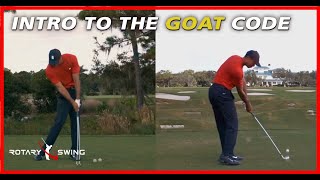
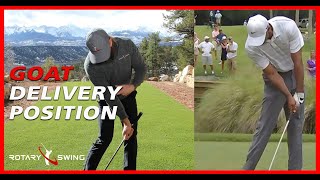

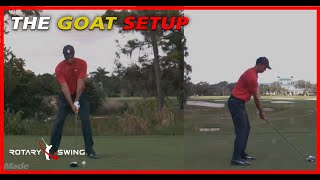
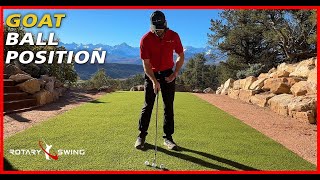
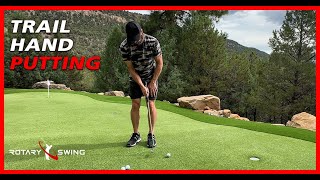



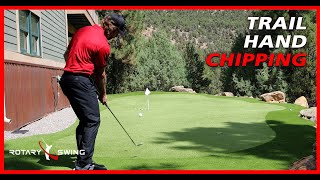
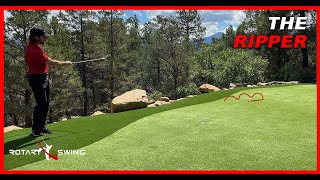
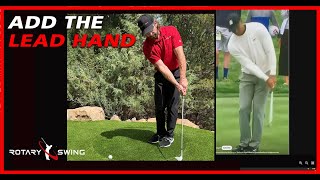

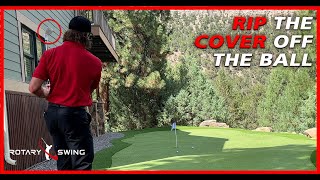
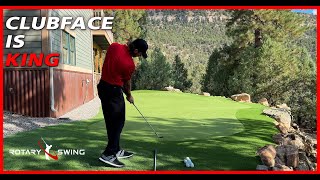
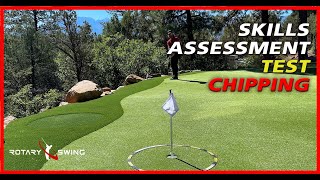
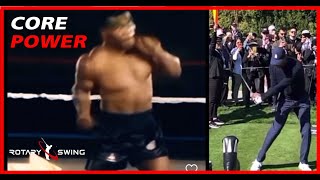
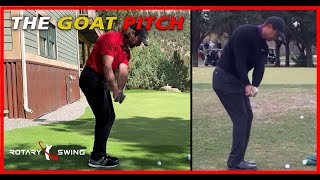
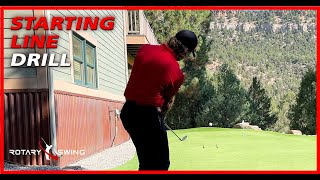
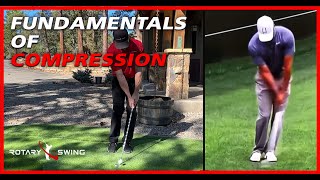

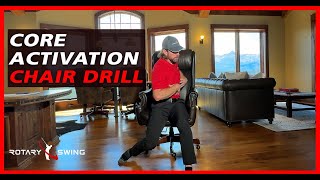
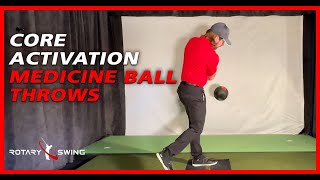
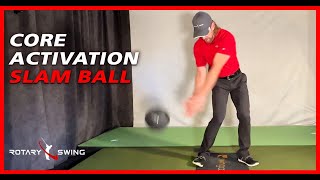
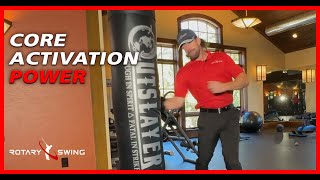
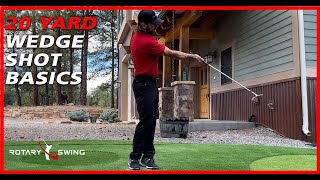
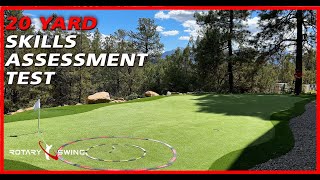
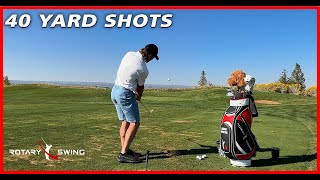
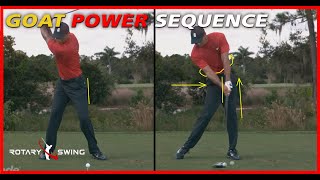
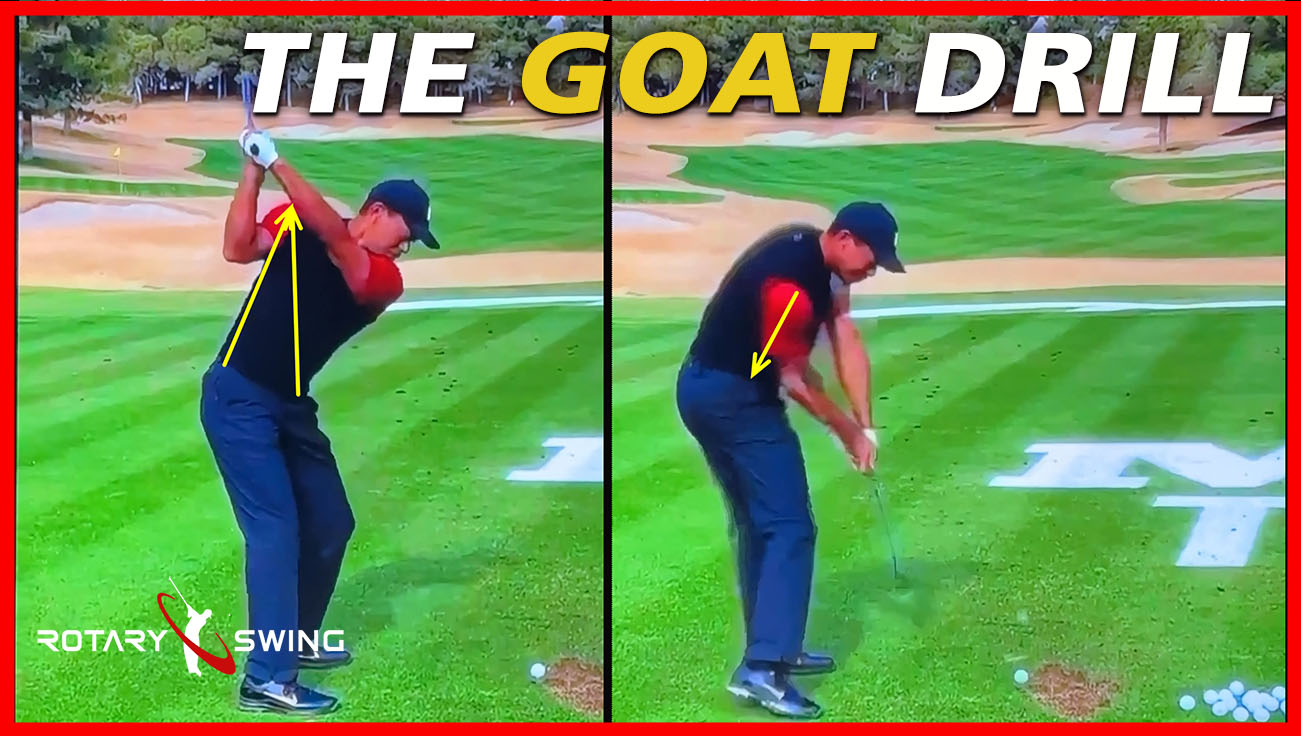

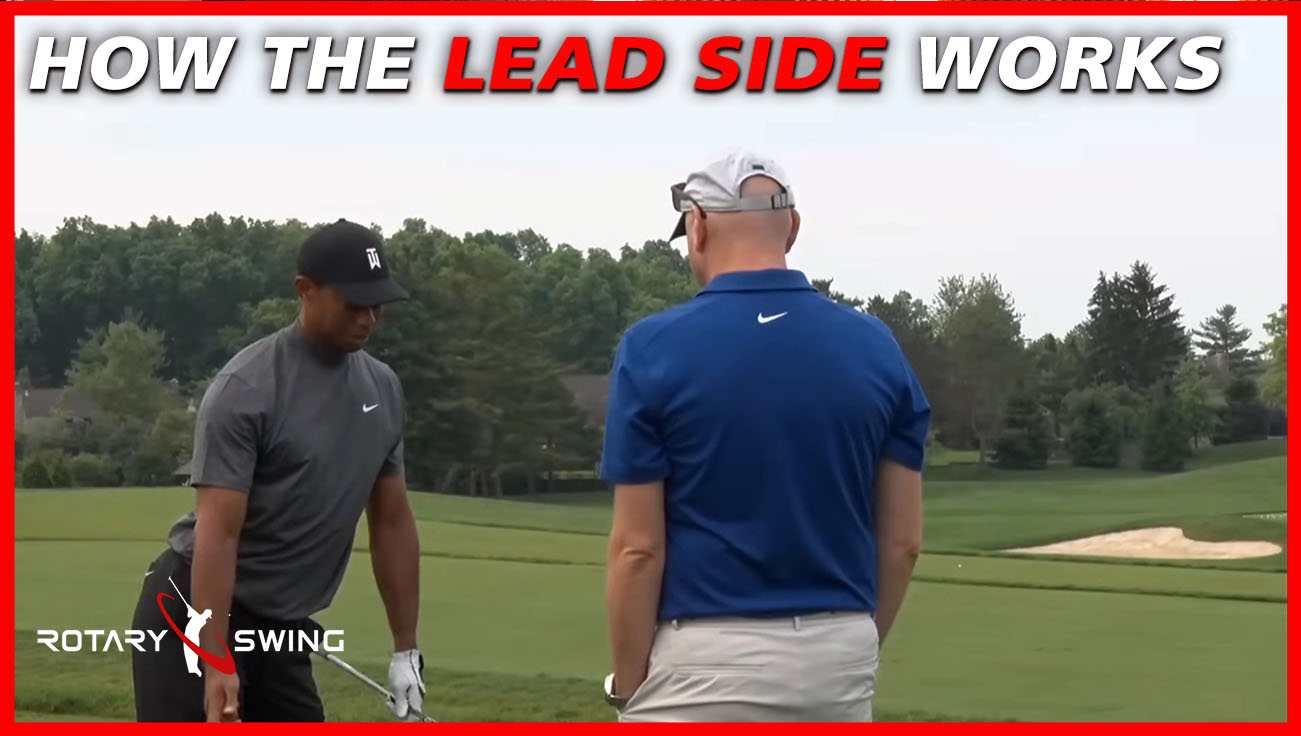
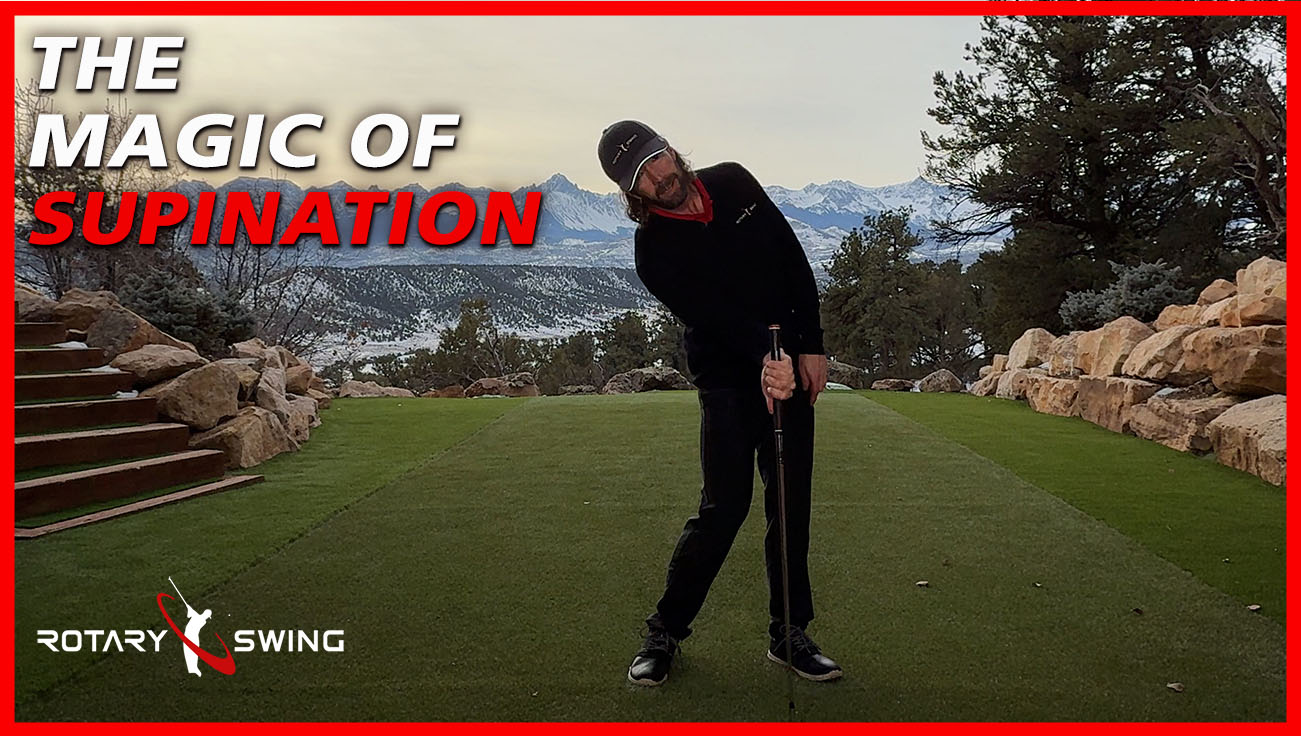

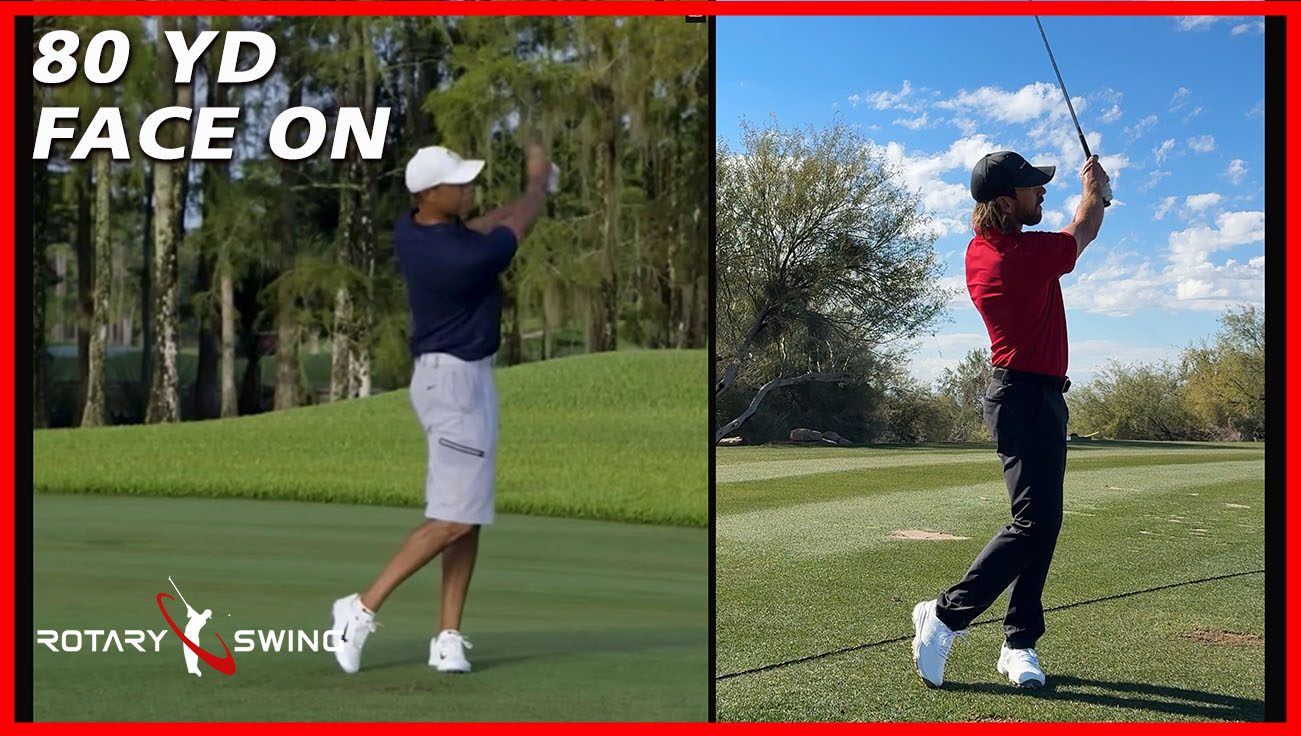
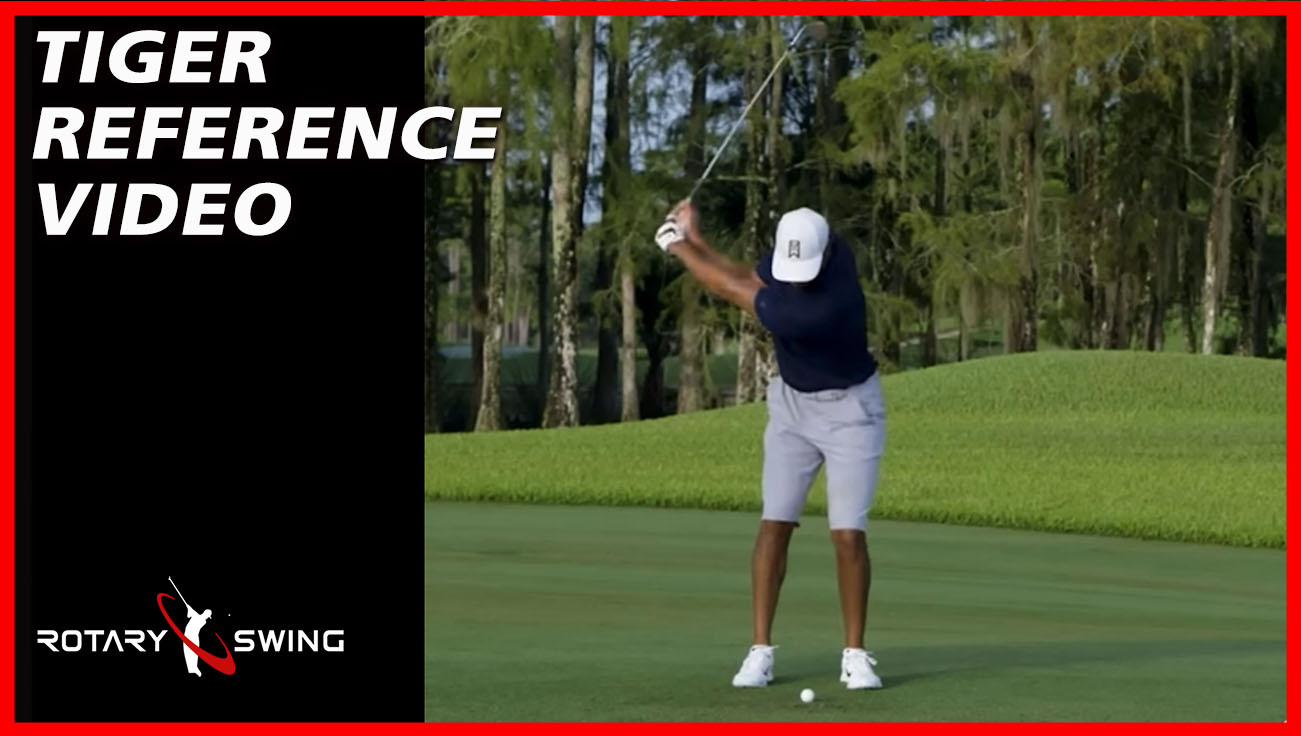

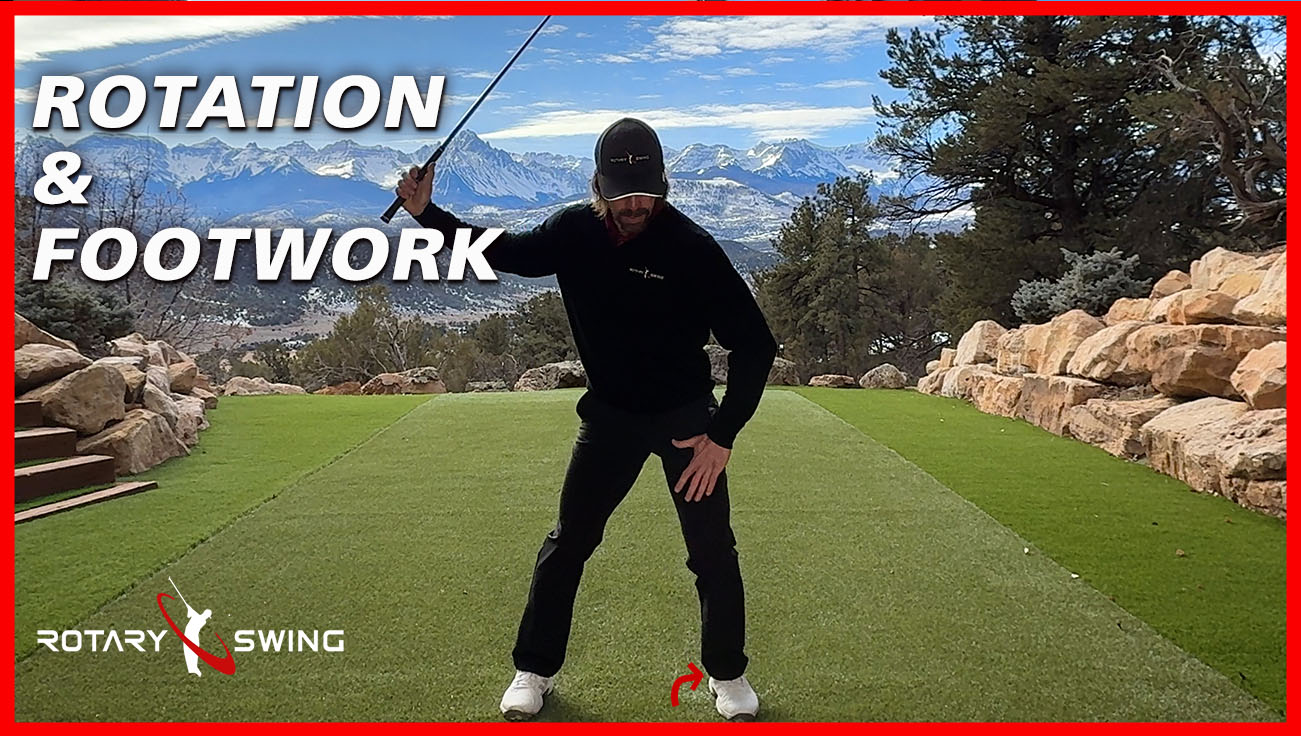
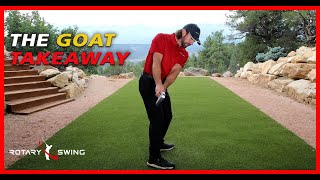
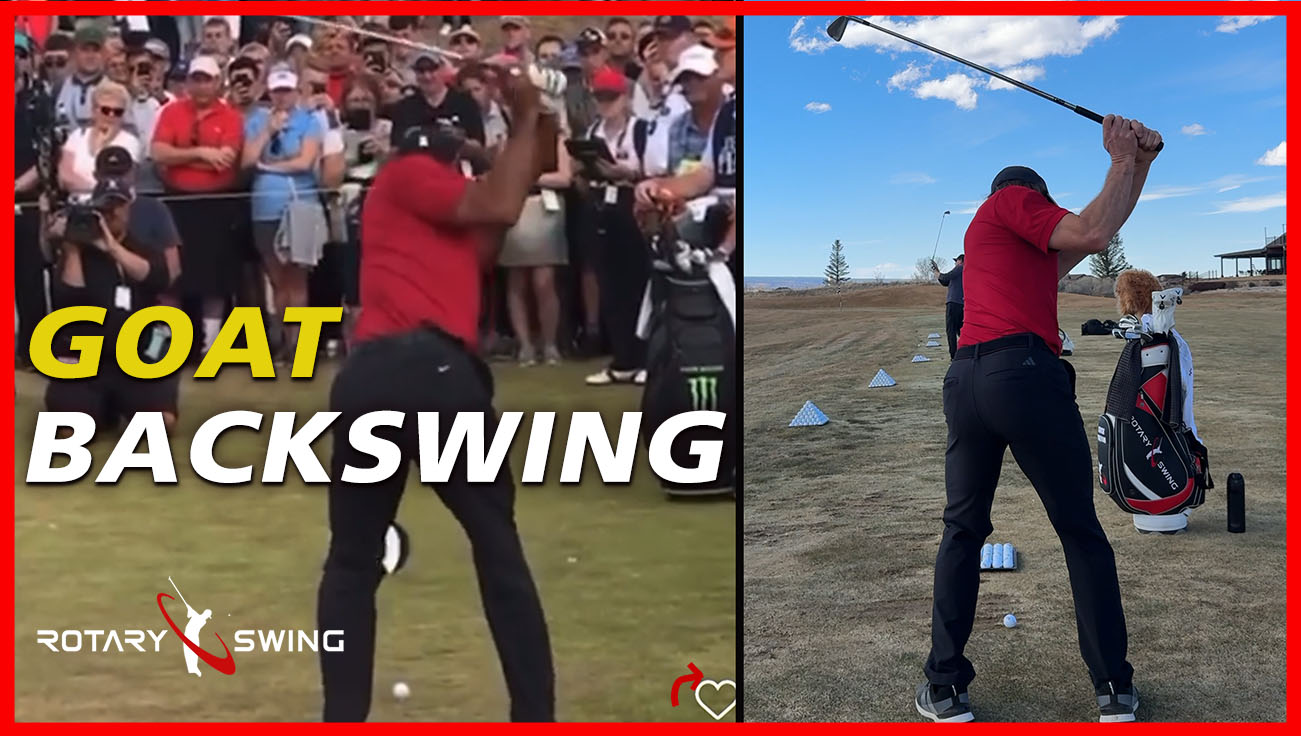
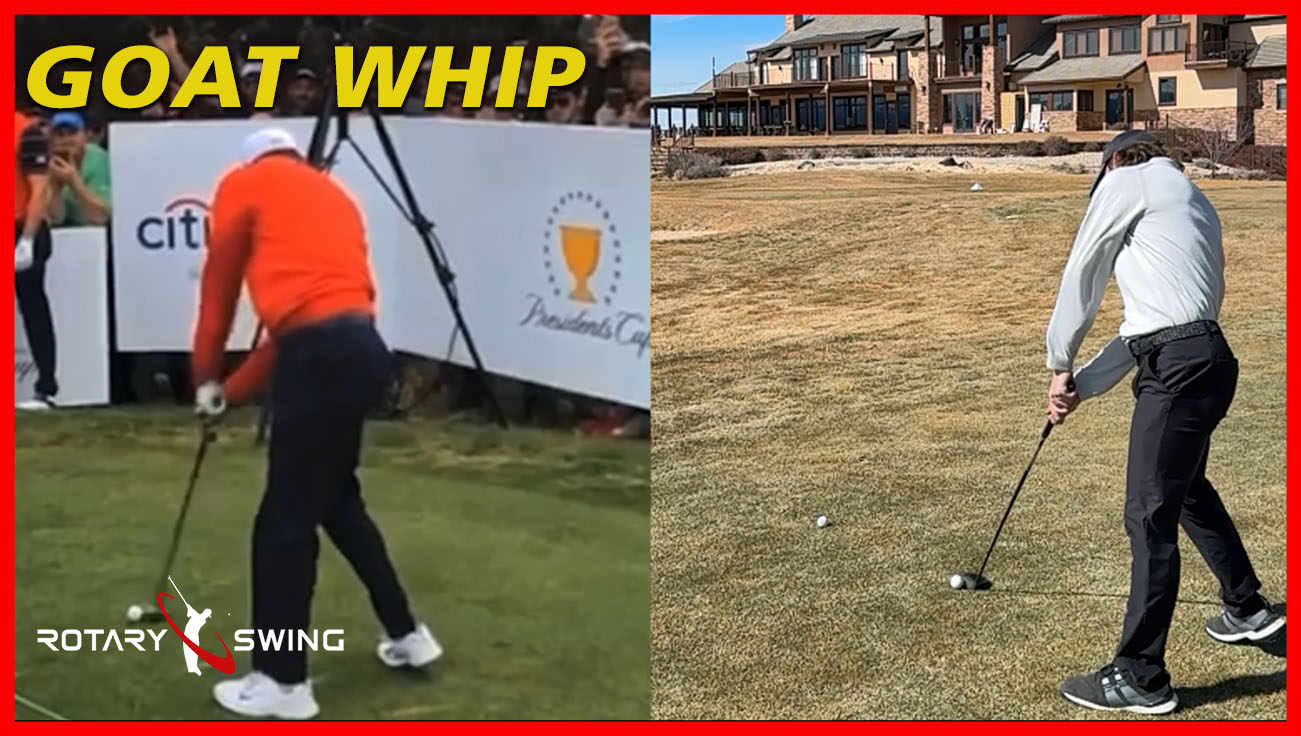
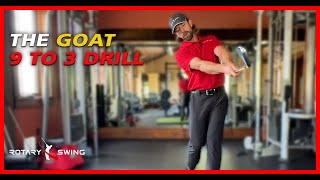
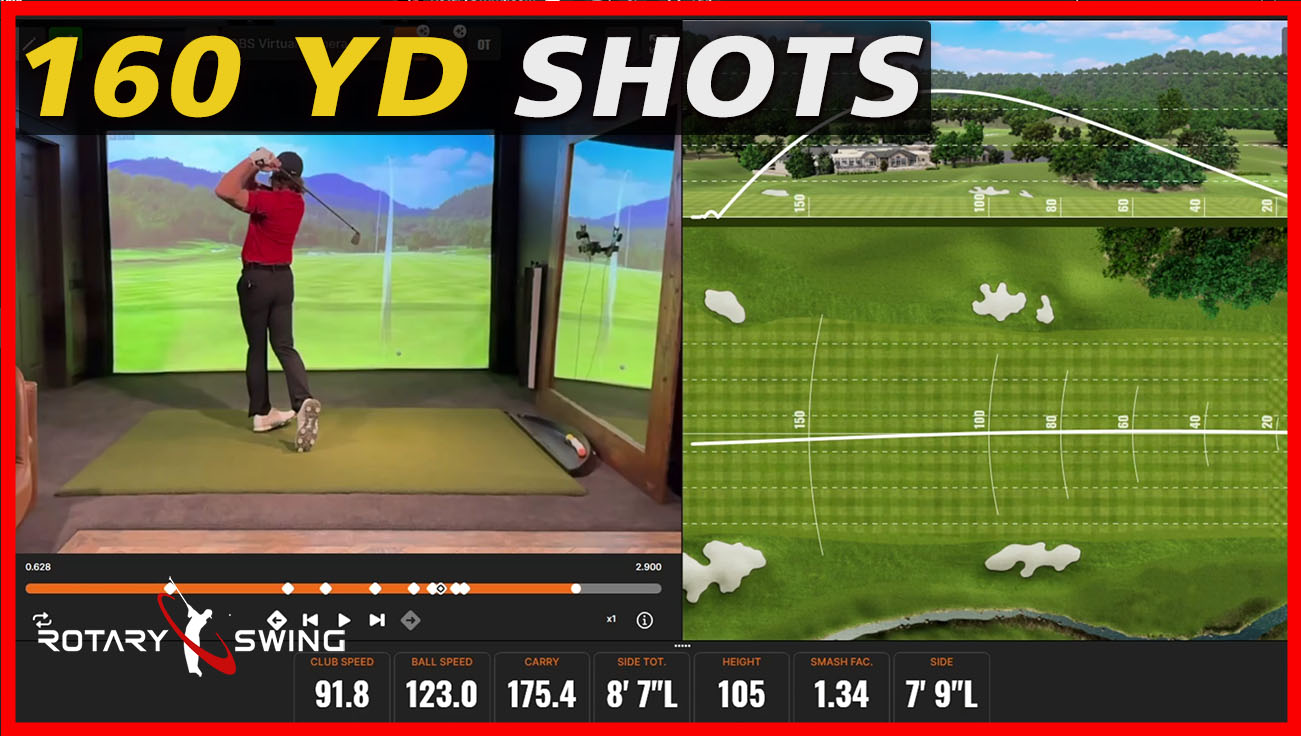

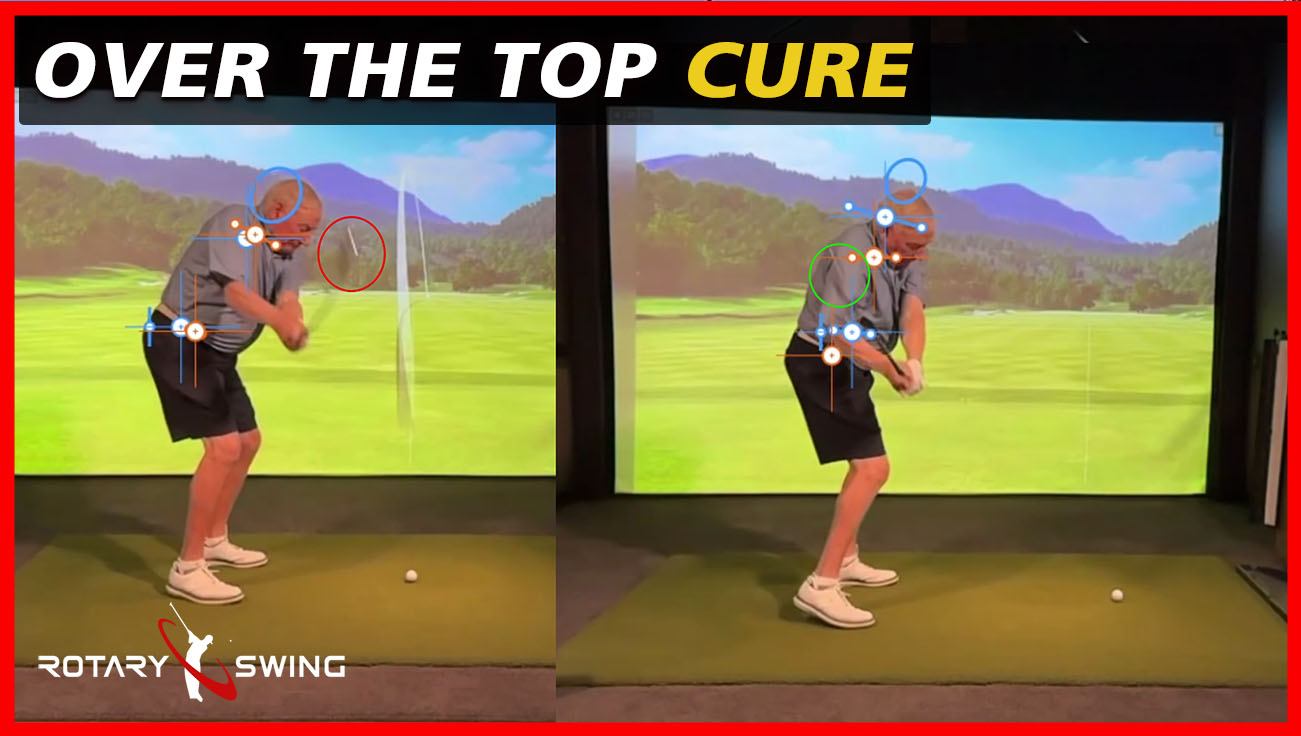
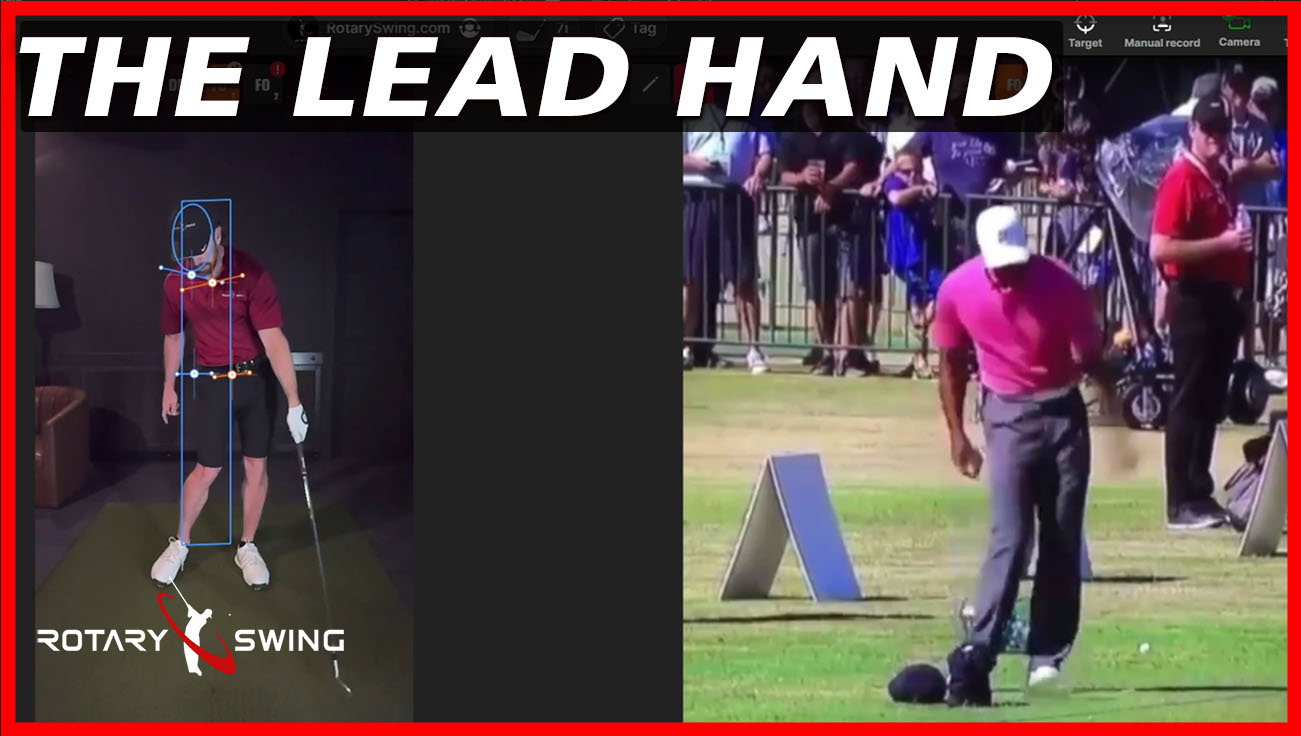
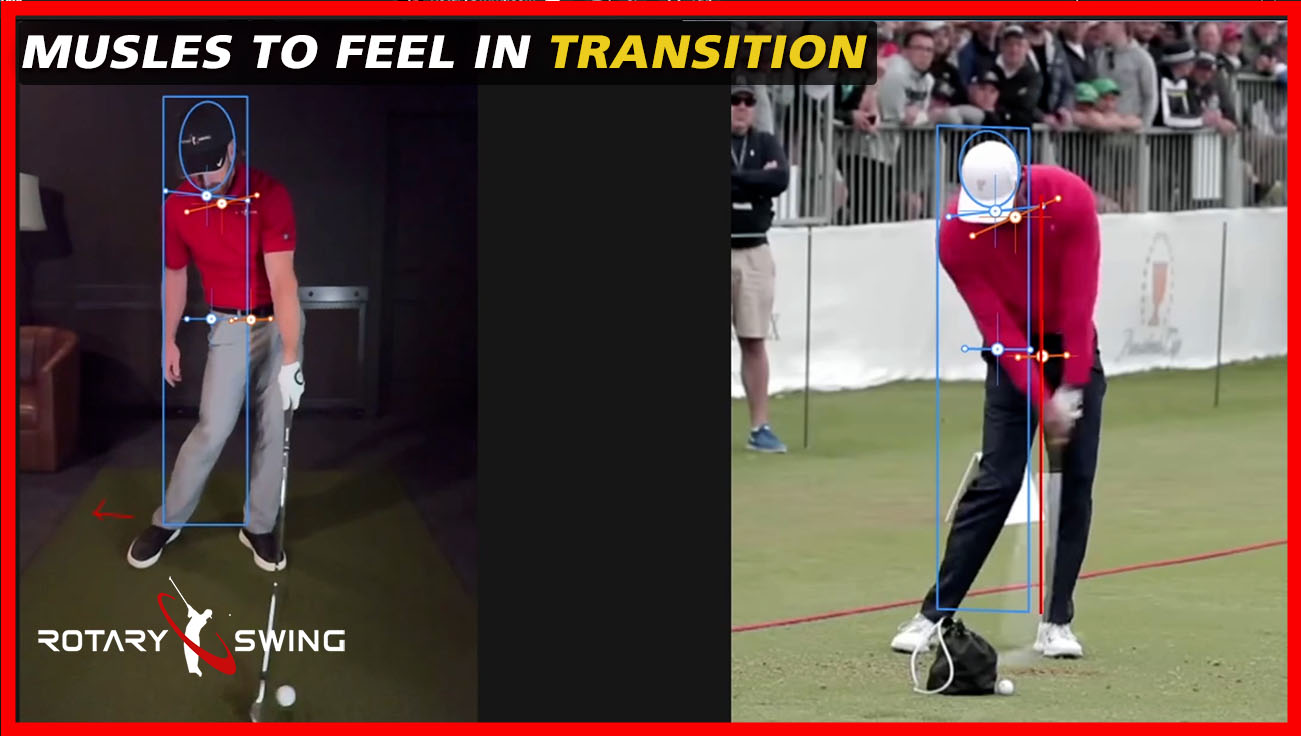
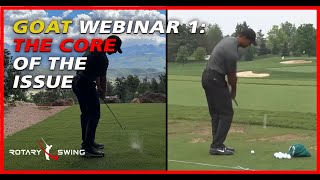
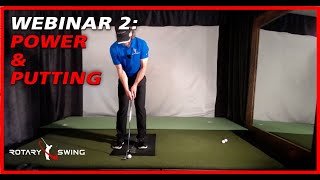
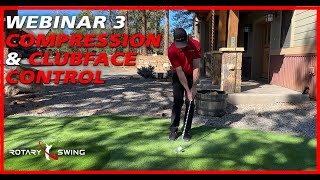
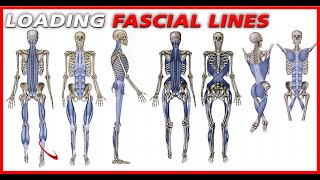
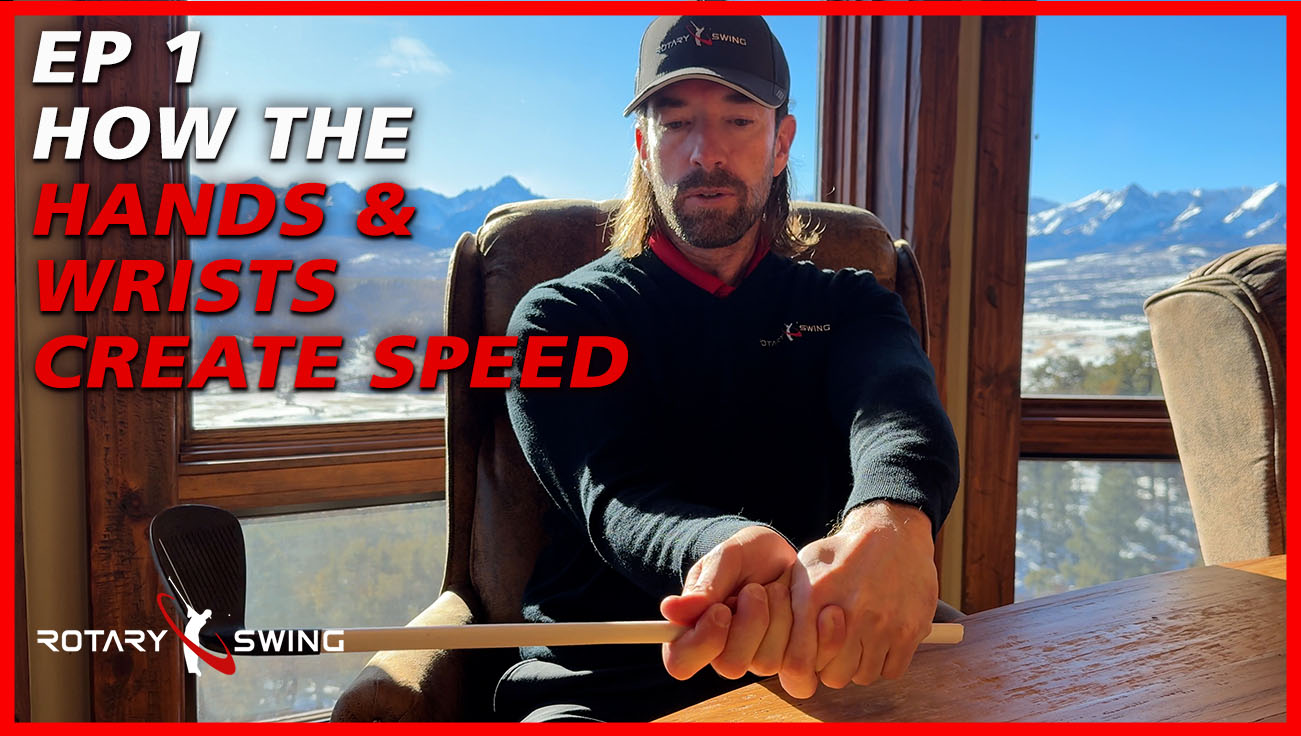

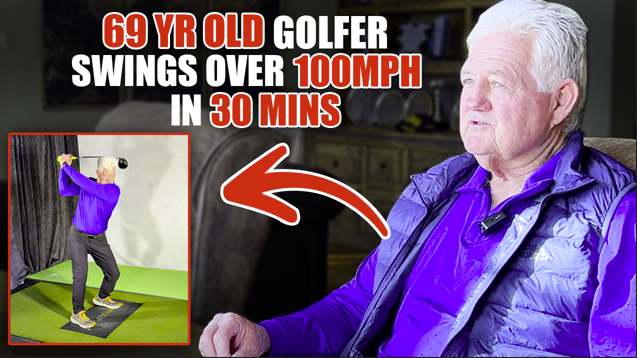
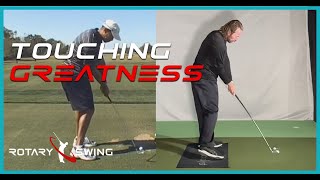
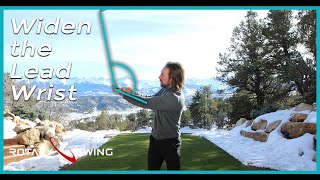
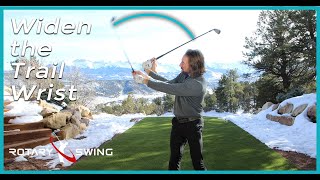
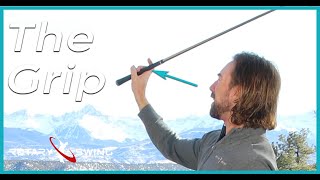


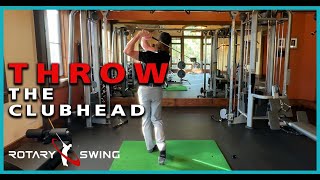
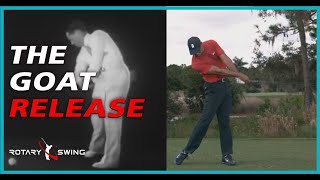
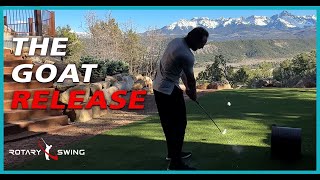
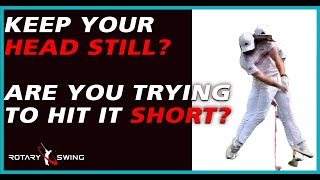
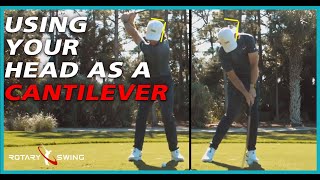
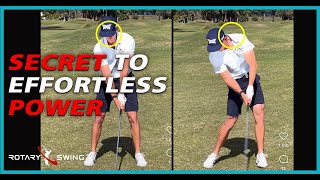
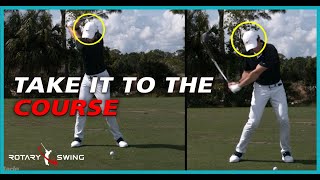
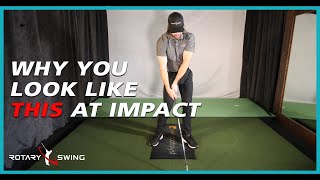
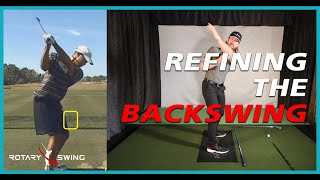
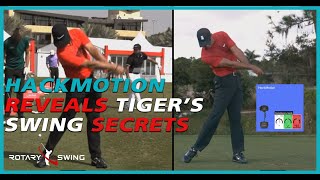
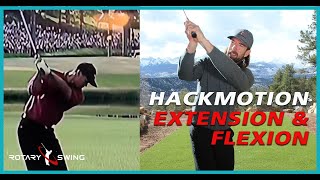

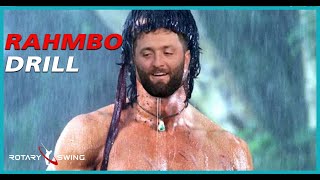
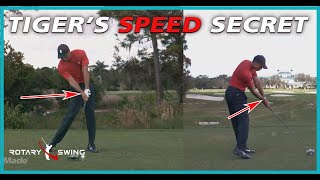
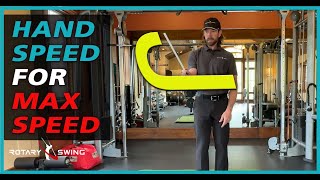
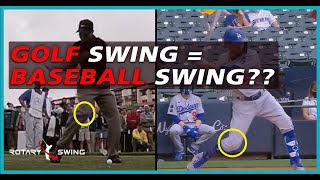
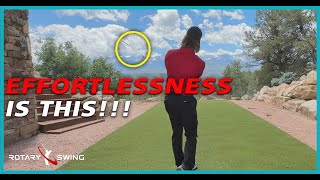

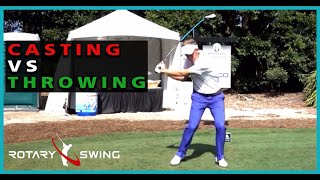
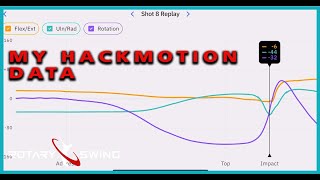
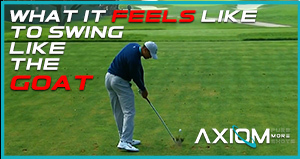

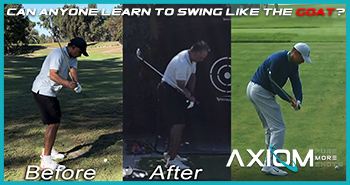

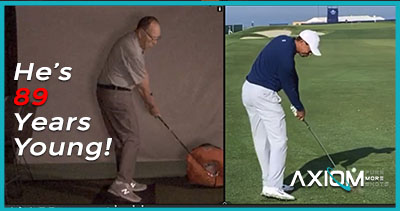

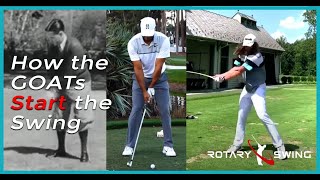
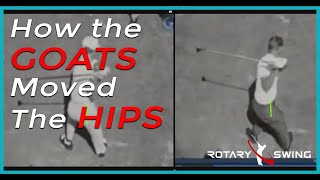
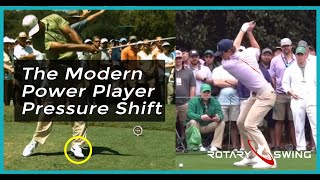
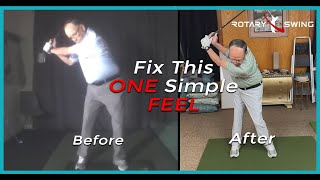
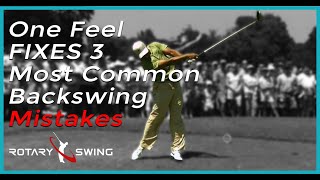
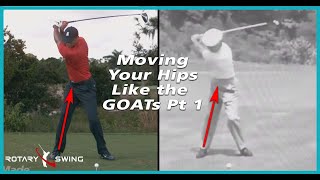
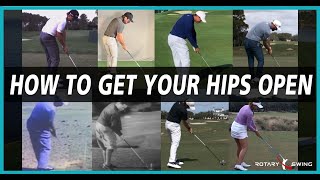
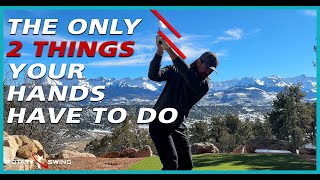
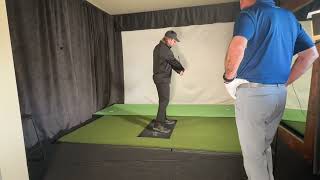
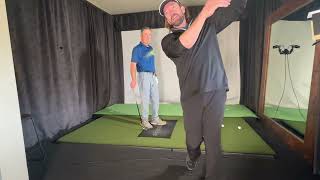
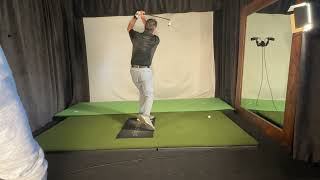
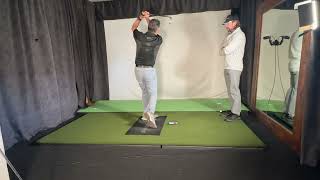
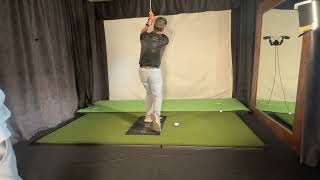
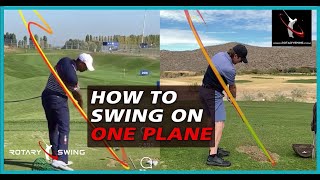
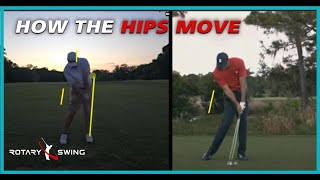
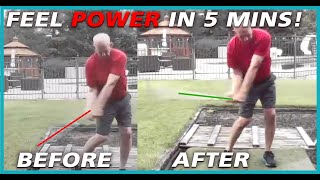
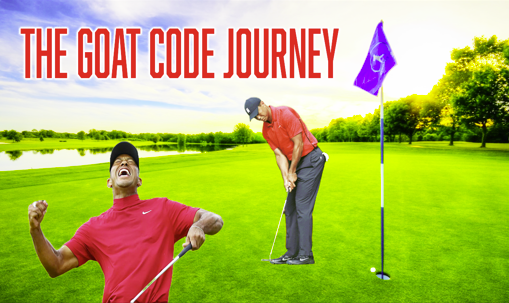
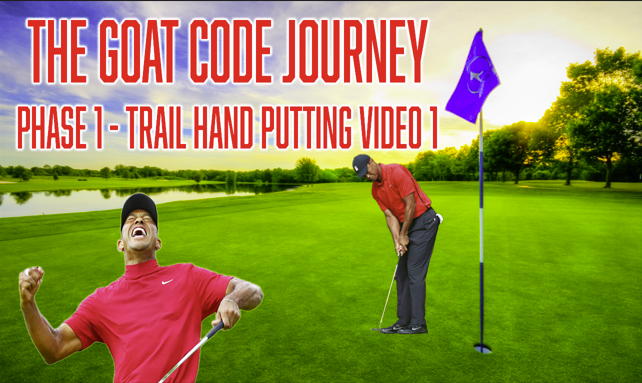
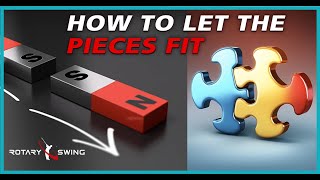


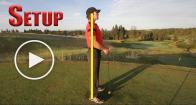
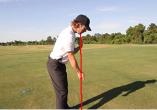
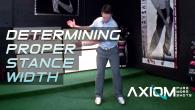
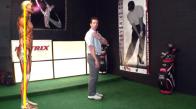
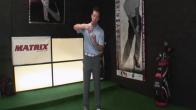
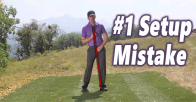
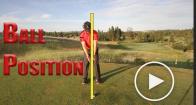
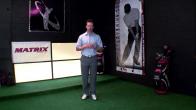
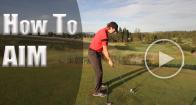
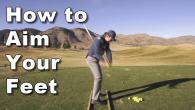
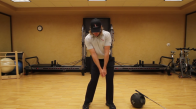
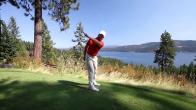
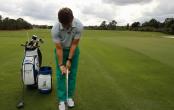
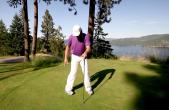
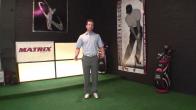
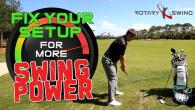

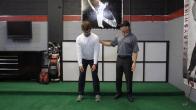
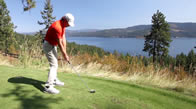
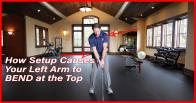


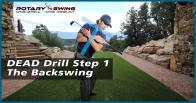
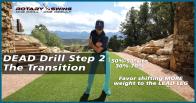
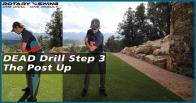

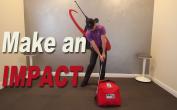
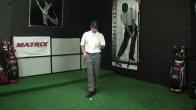
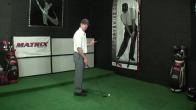
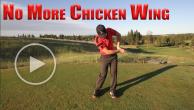
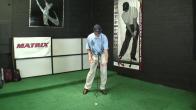
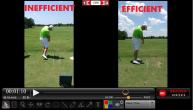
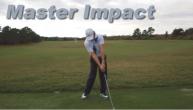
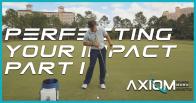
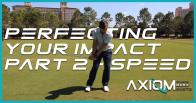
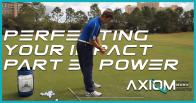
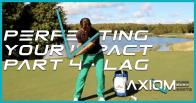

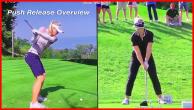

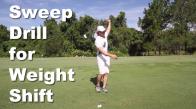
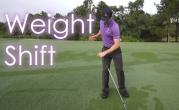
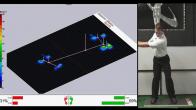
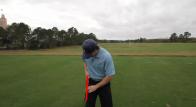
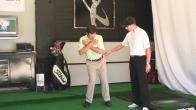
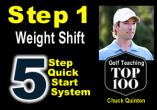

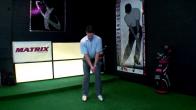
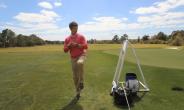
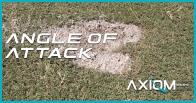
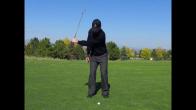
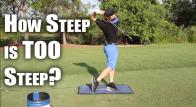
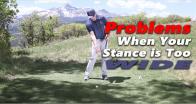
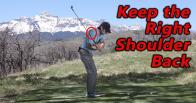
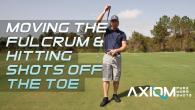
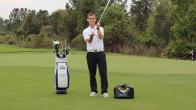
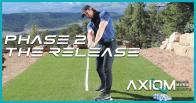

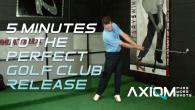
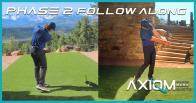
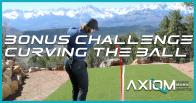

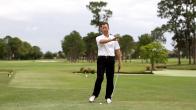
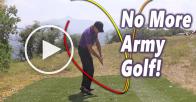
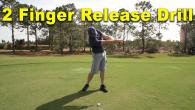
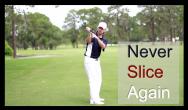
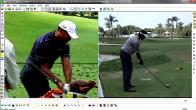
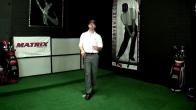
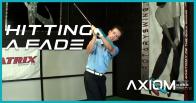
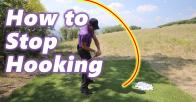
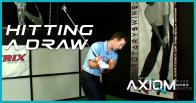
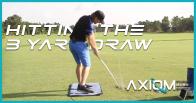

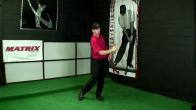
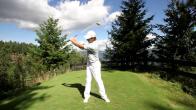
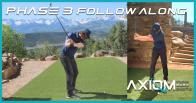

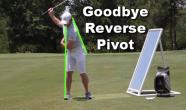

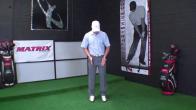
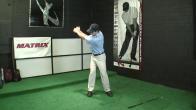
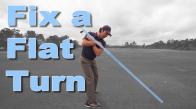
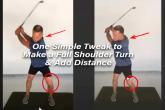

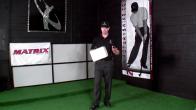
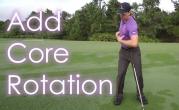
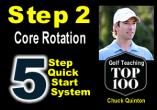
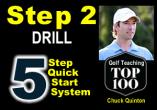
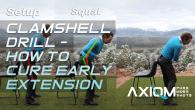
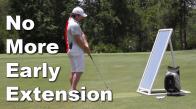
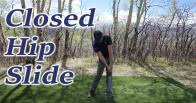

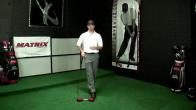
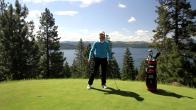
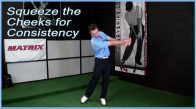
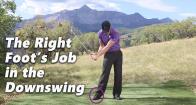
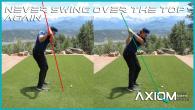
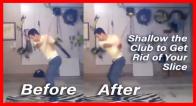
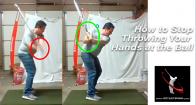

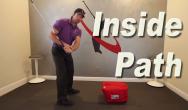
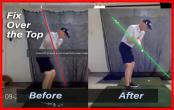
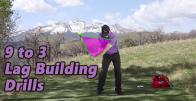
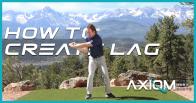
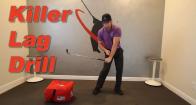
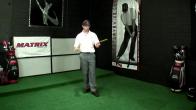
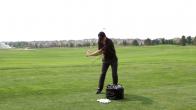

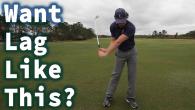

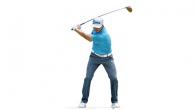
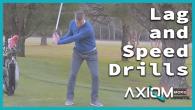
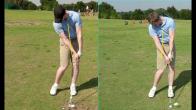




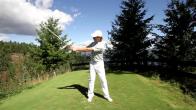

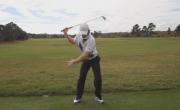
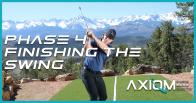
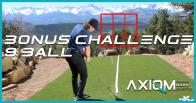


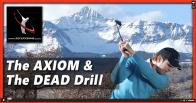
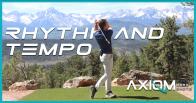
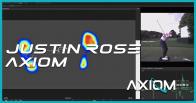
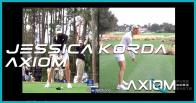
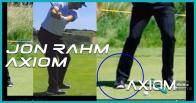
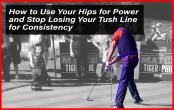

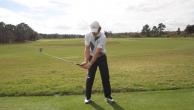
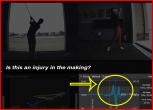
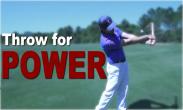


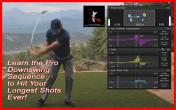
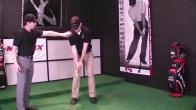
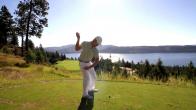

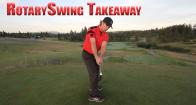


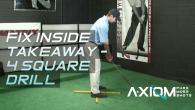
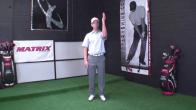
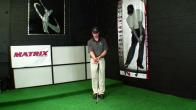


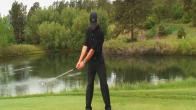
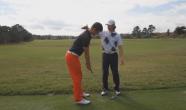
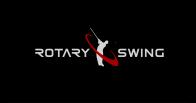


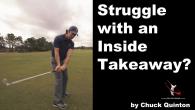
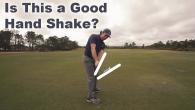
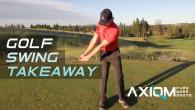
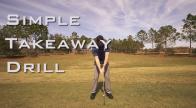

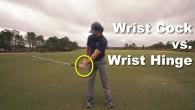
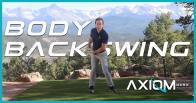
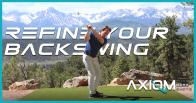
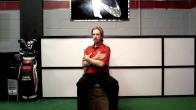
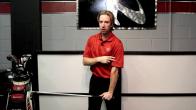
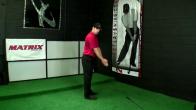
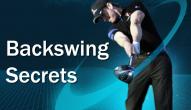
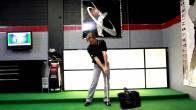
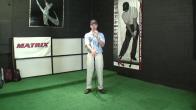
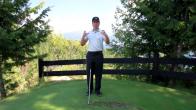
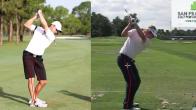
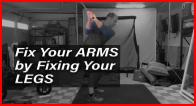
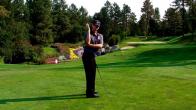
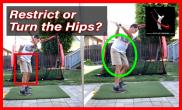


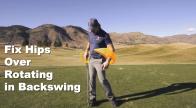
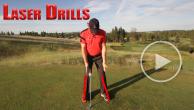
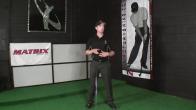
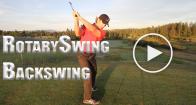
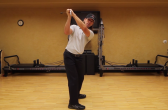
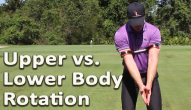
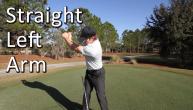

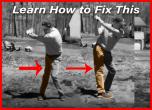
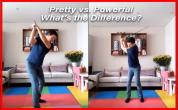

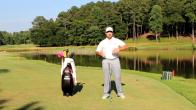
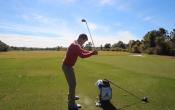



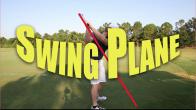
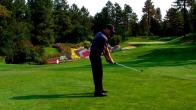
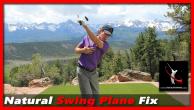
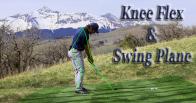
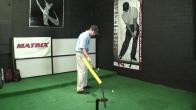
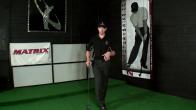
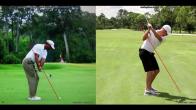

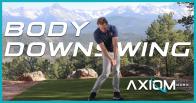

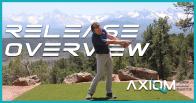

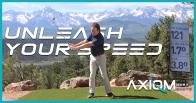
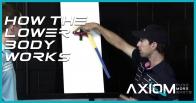
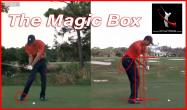
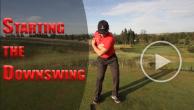
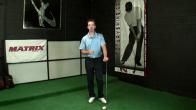
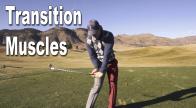
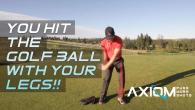
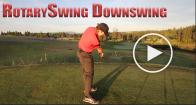
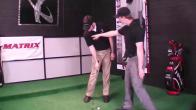
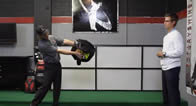
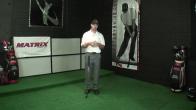
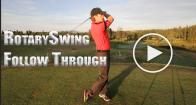
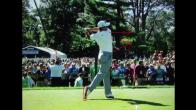
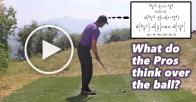
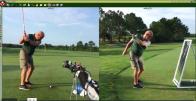

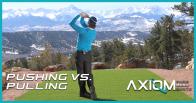
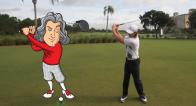
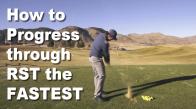


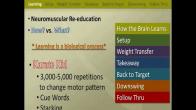
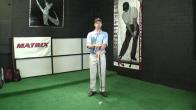

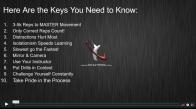




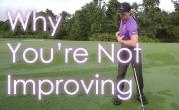
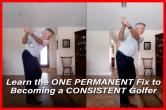
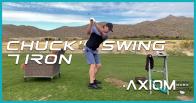
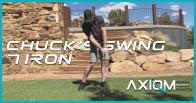



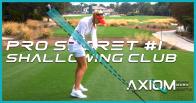
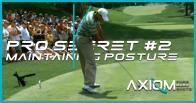
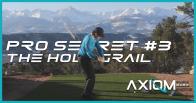
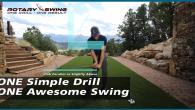
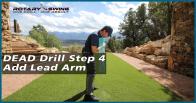
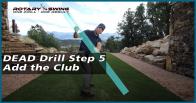
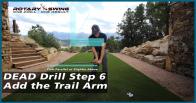
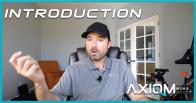
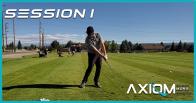
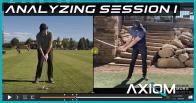

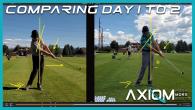
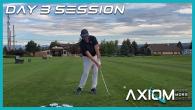

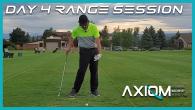


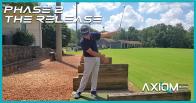

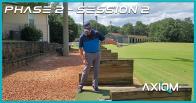
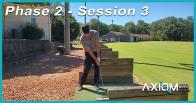
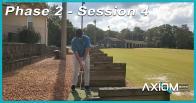
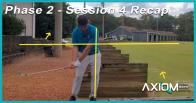
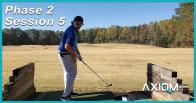
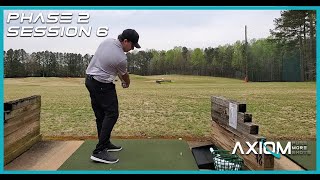
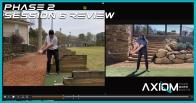
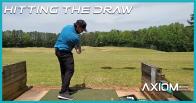
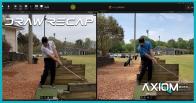

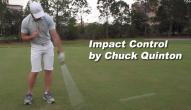
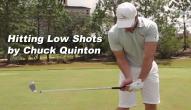

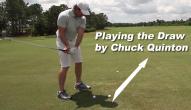
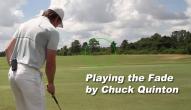
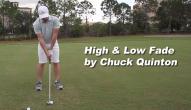
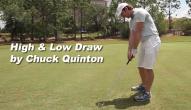
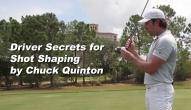



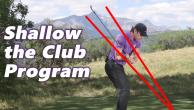
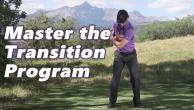
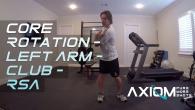
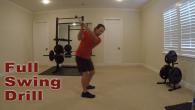

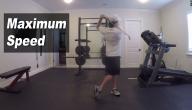
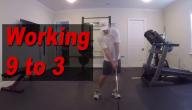
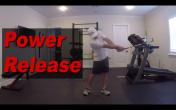
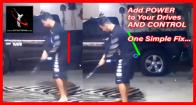
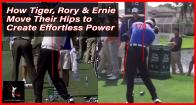
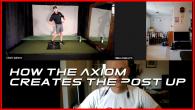
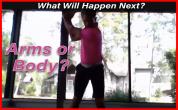
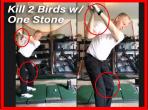
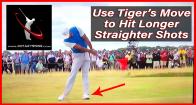
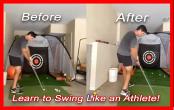
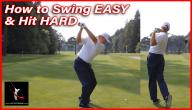
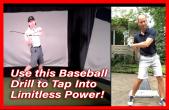
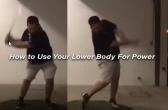
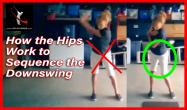

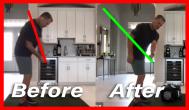
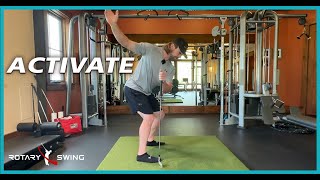

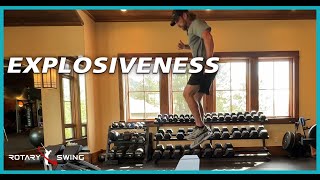
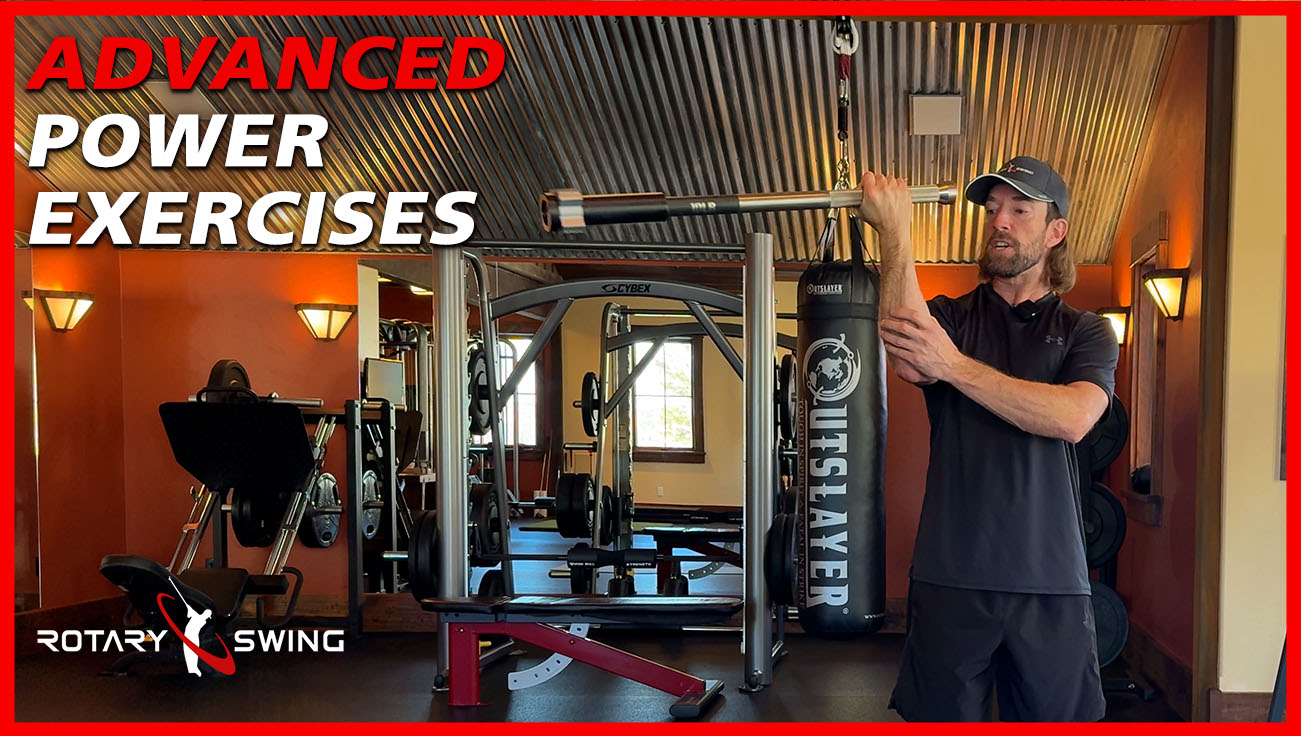
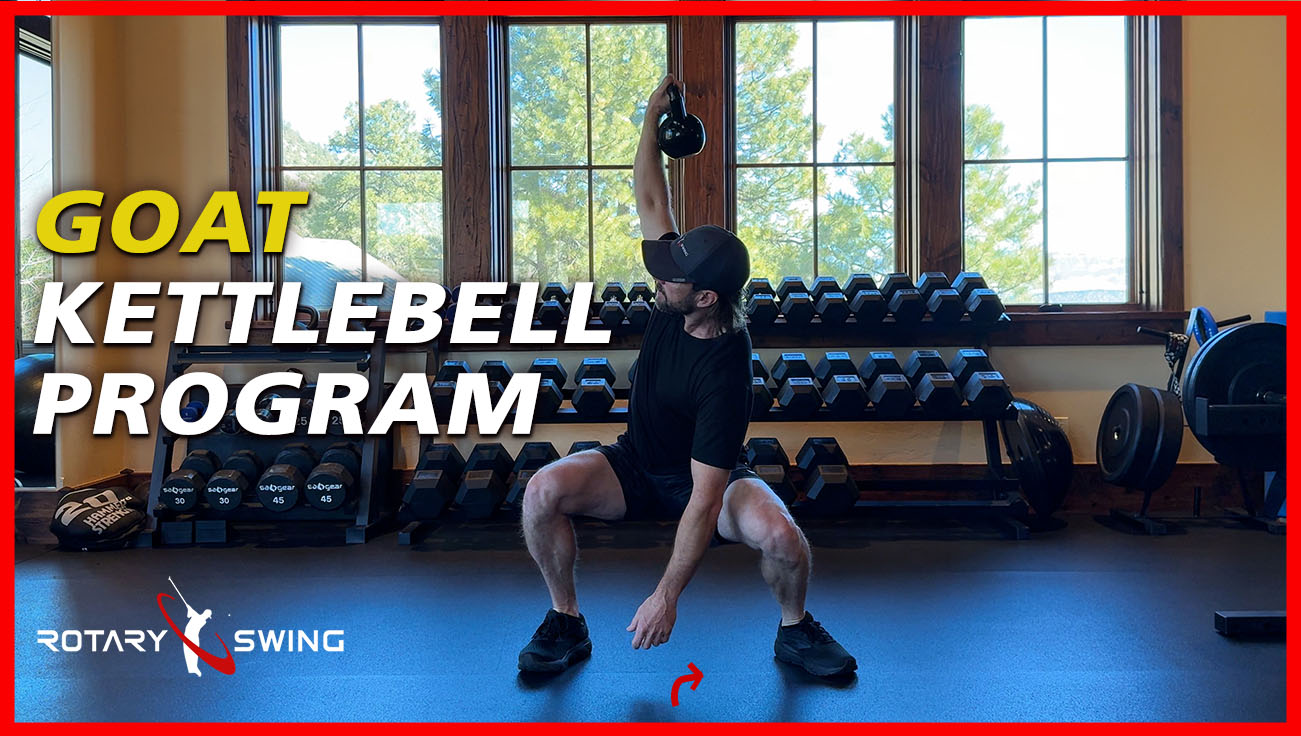

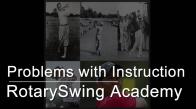
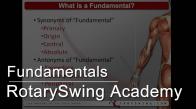
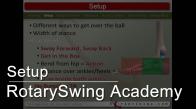
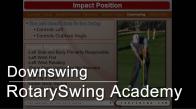
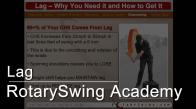
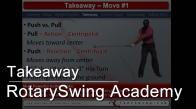
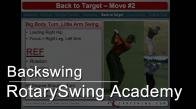
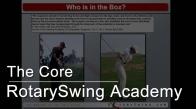
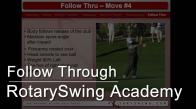

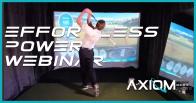


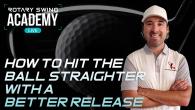
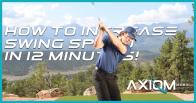
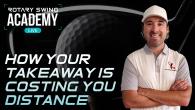

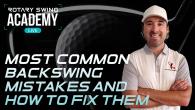
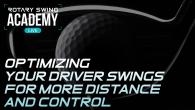
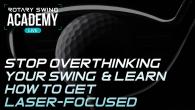


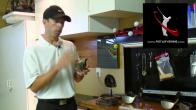
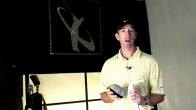
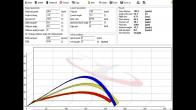
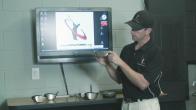
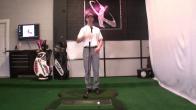
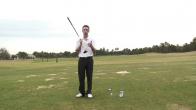
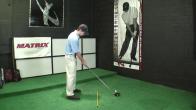
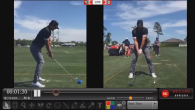
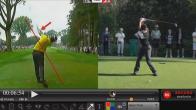

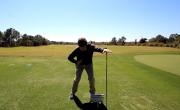
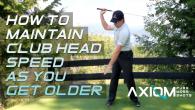
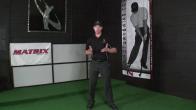
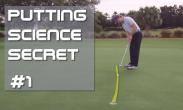
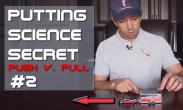
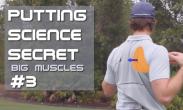
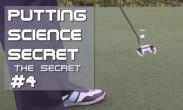
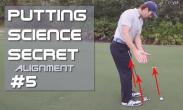
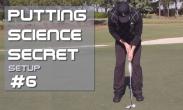
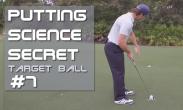
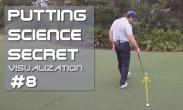
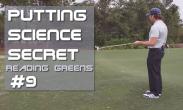
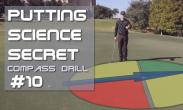
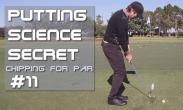
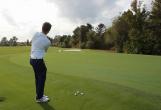

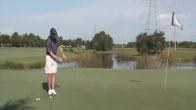
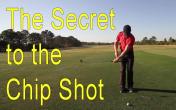
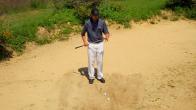
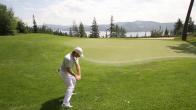
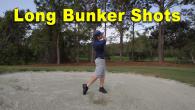
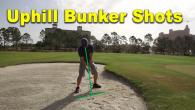
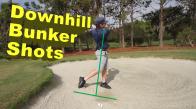
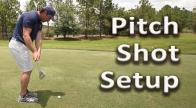
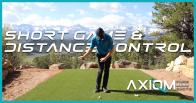
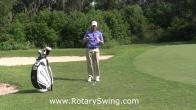
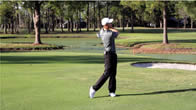
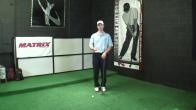

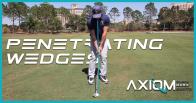
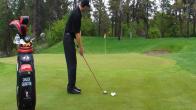
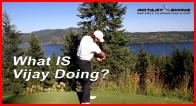






Joe
Craig (Certified RST Instructor)
Joe
Craig (Certified RST Instructor)
VJ
Craig (Certified RST Instructor)
VJ
Craig (Certified RST Instructor)